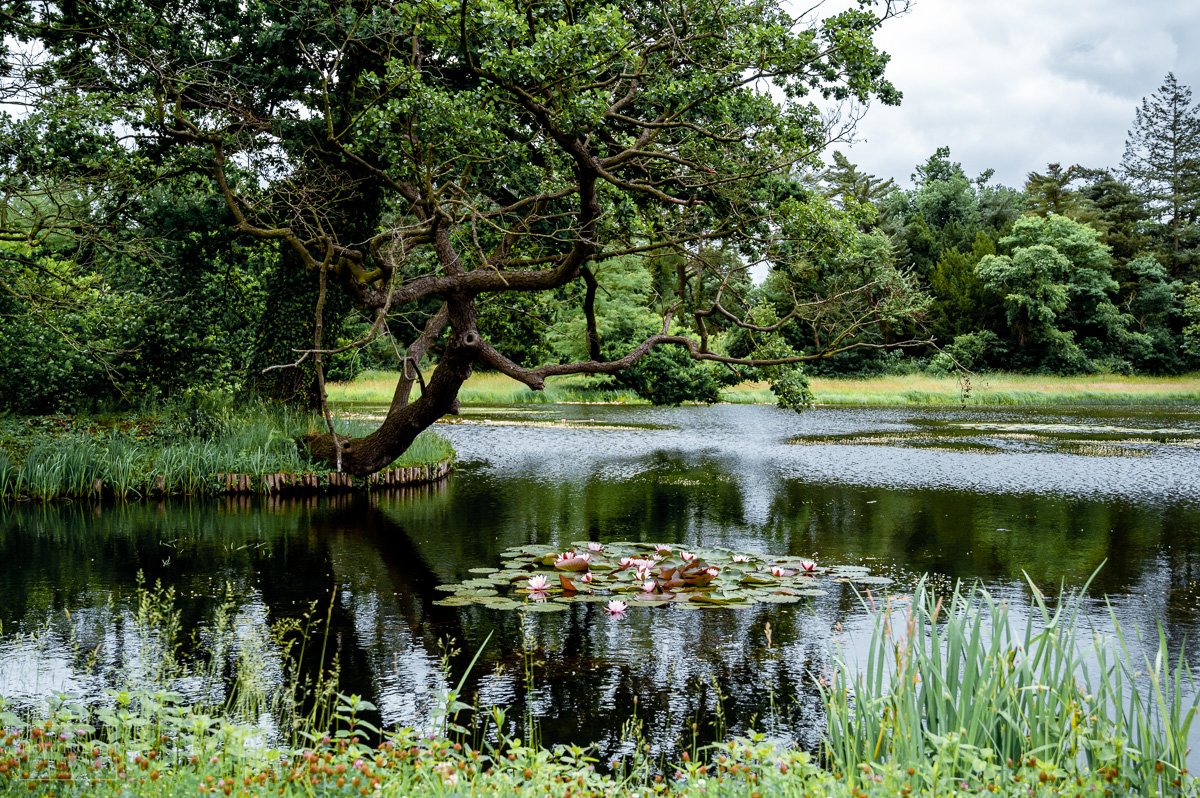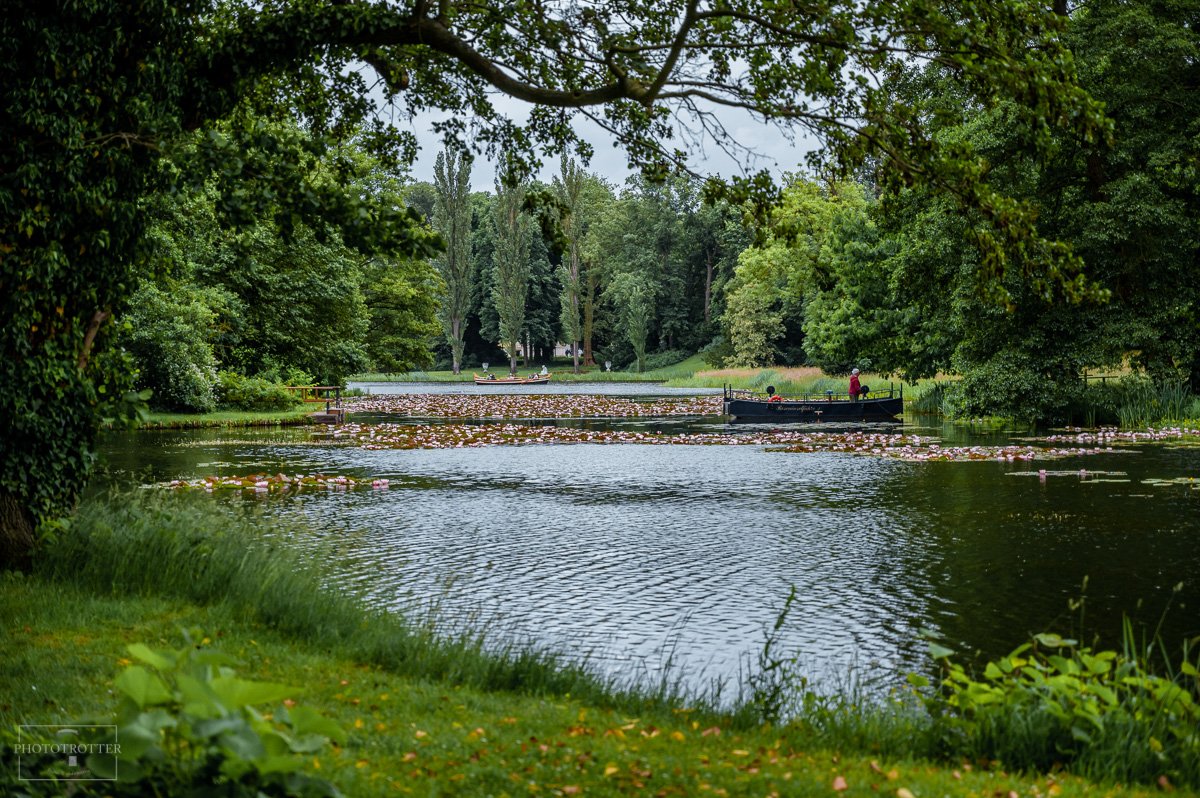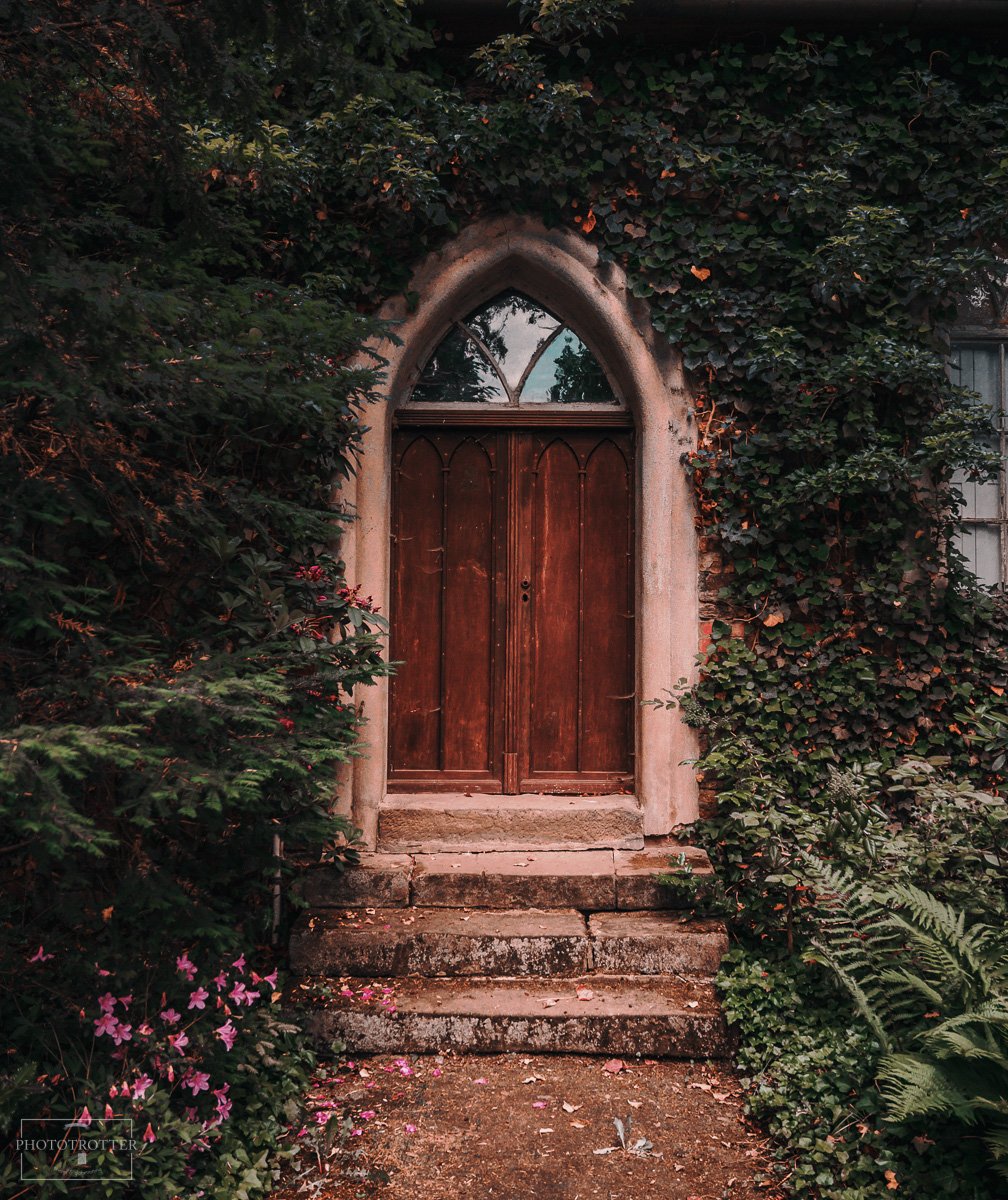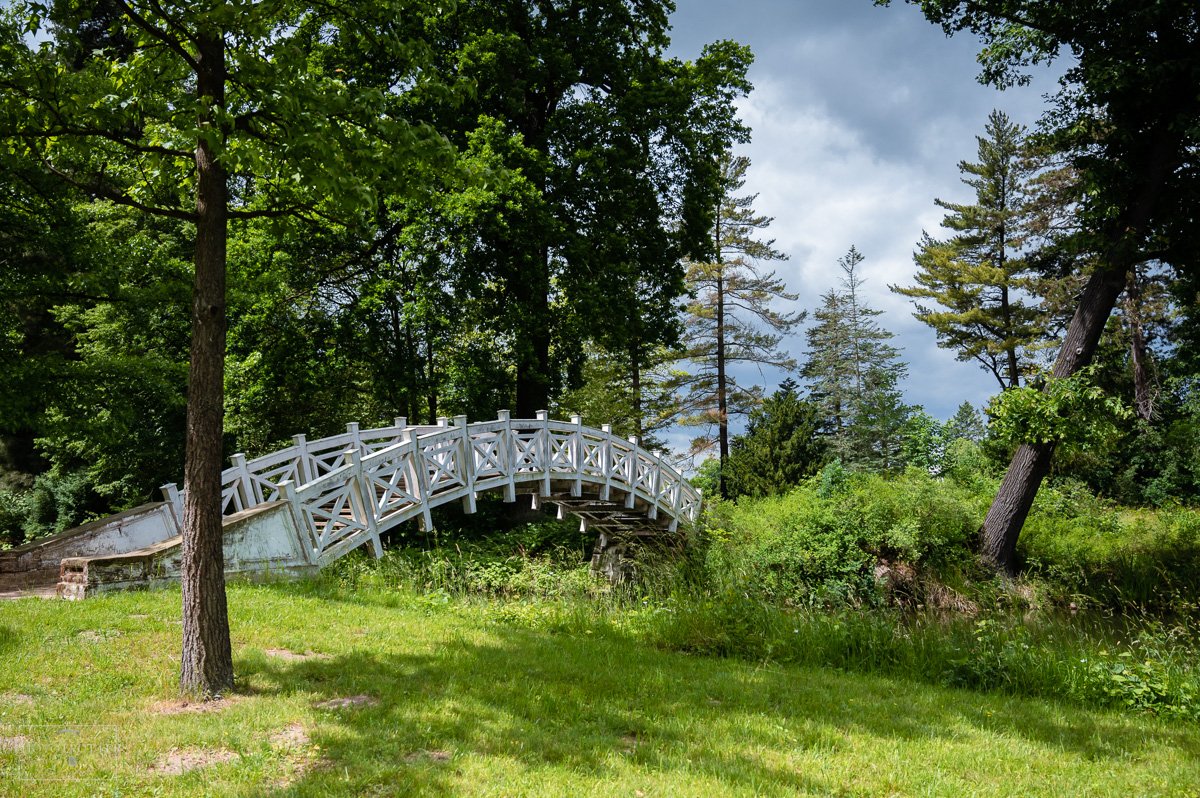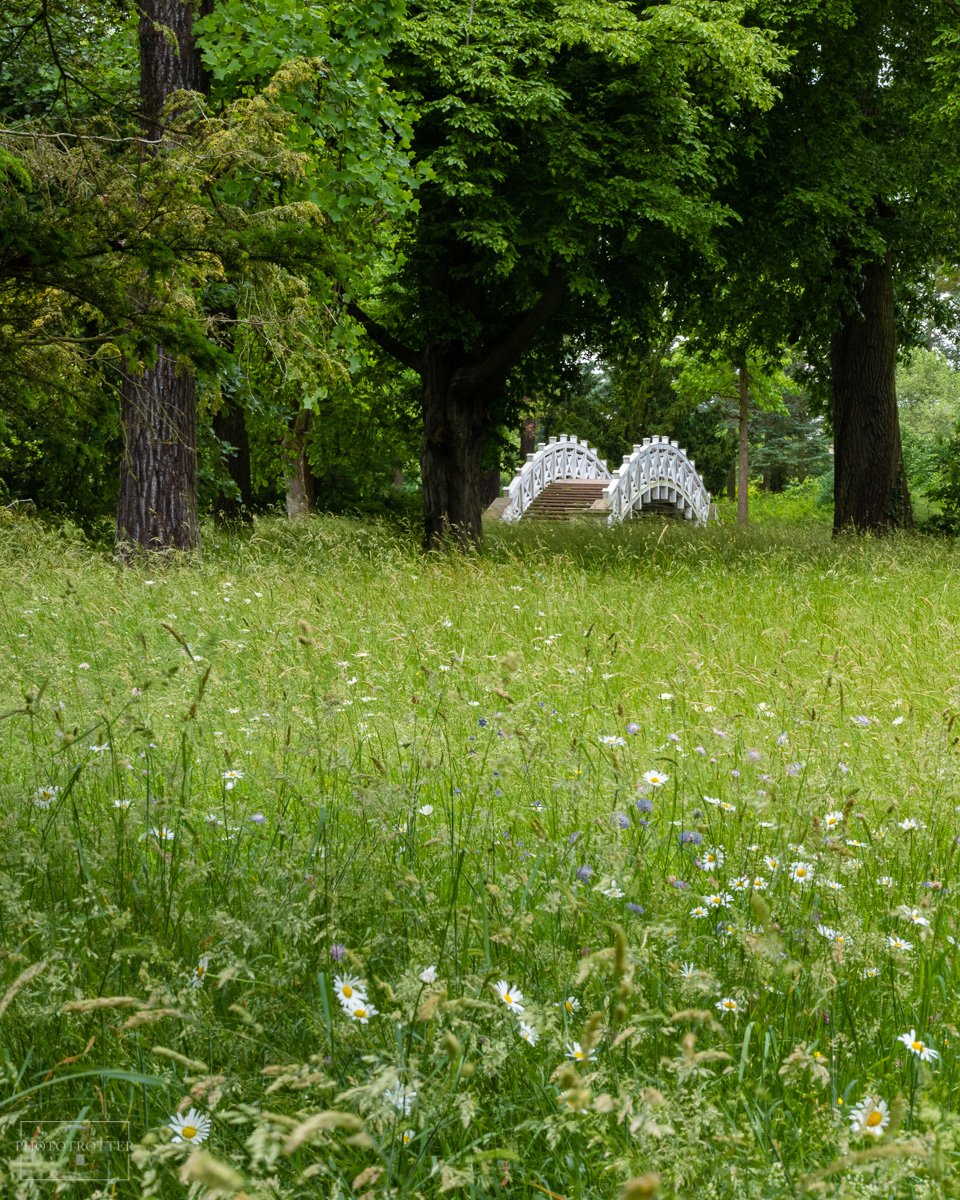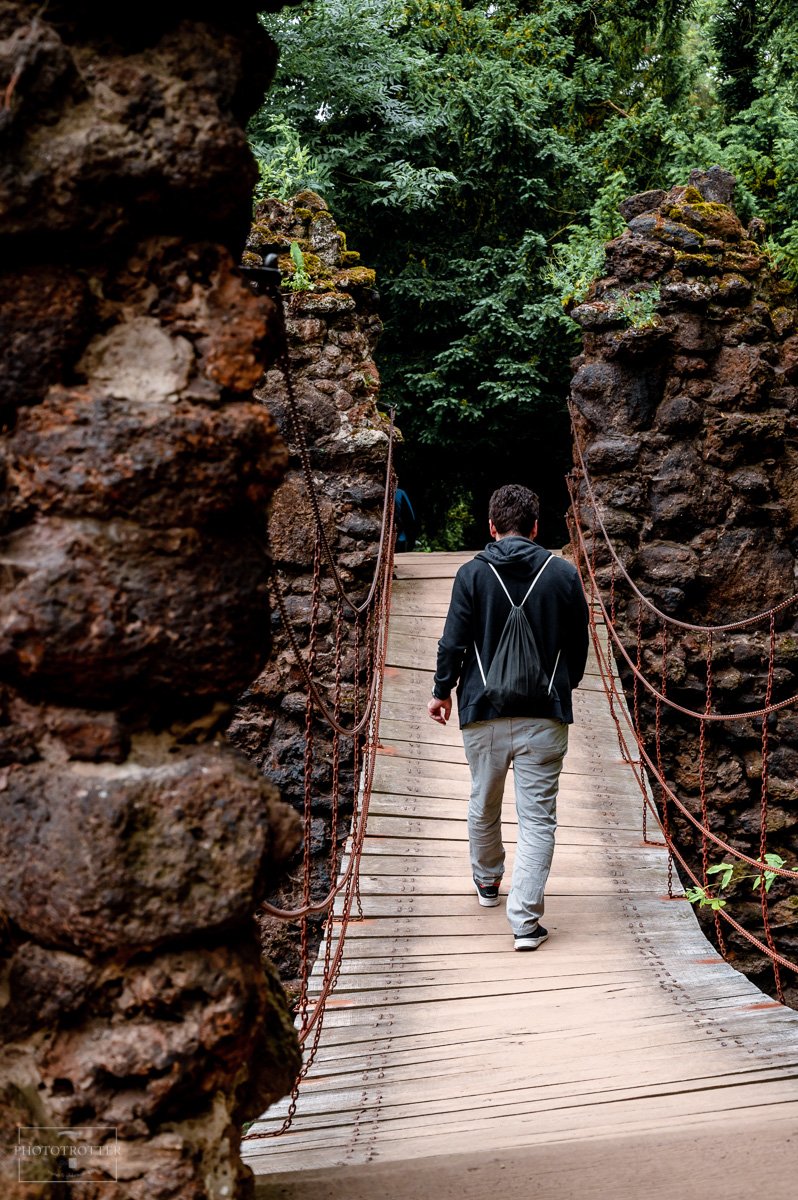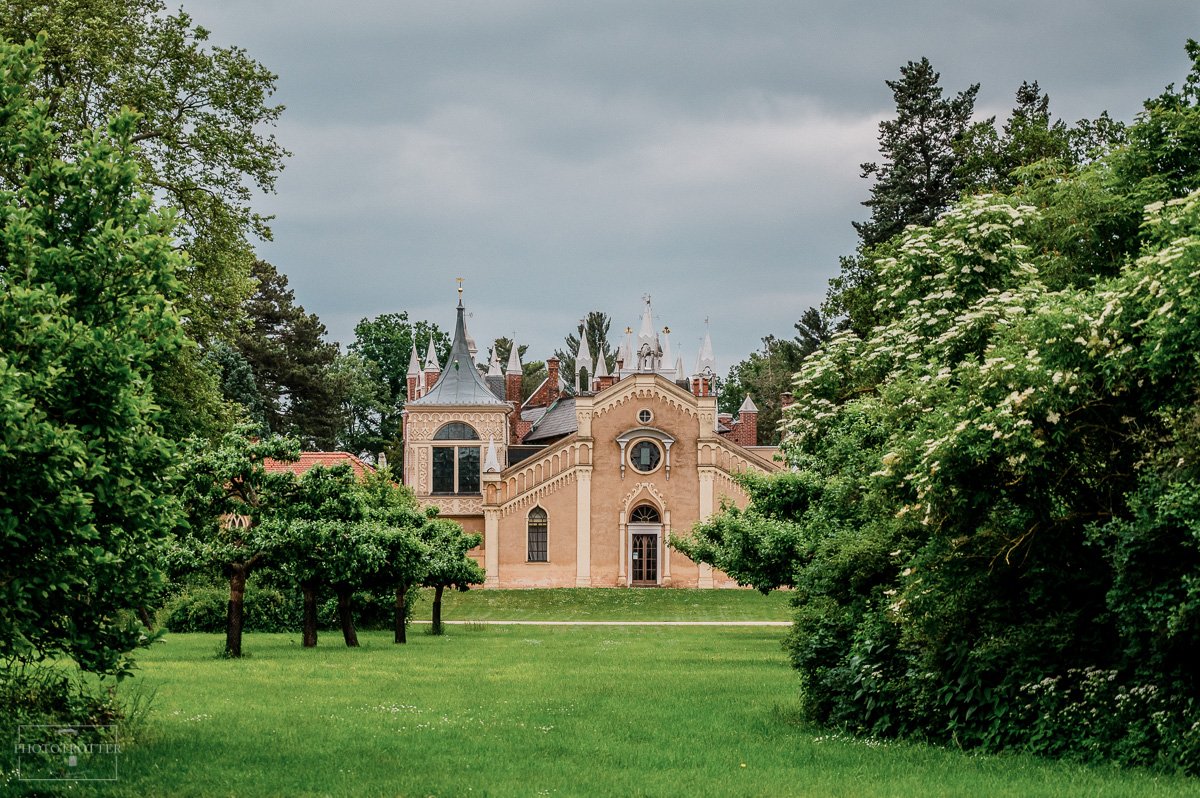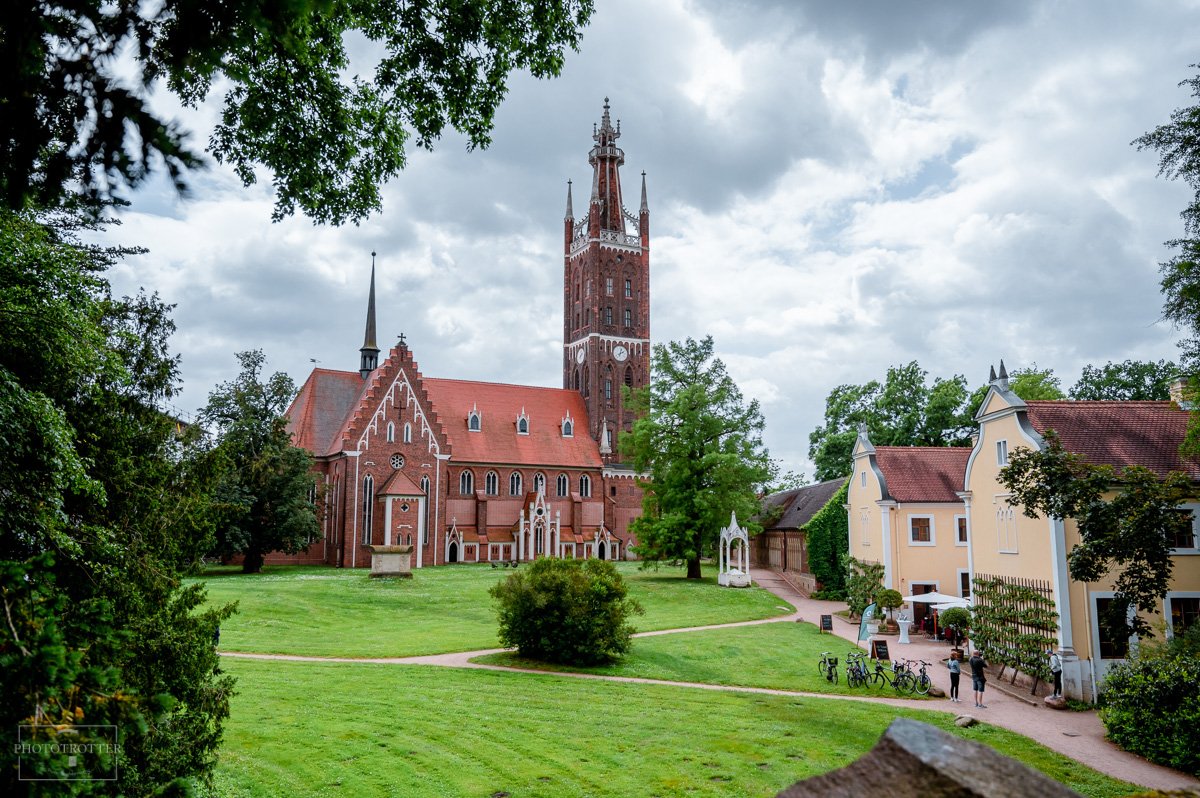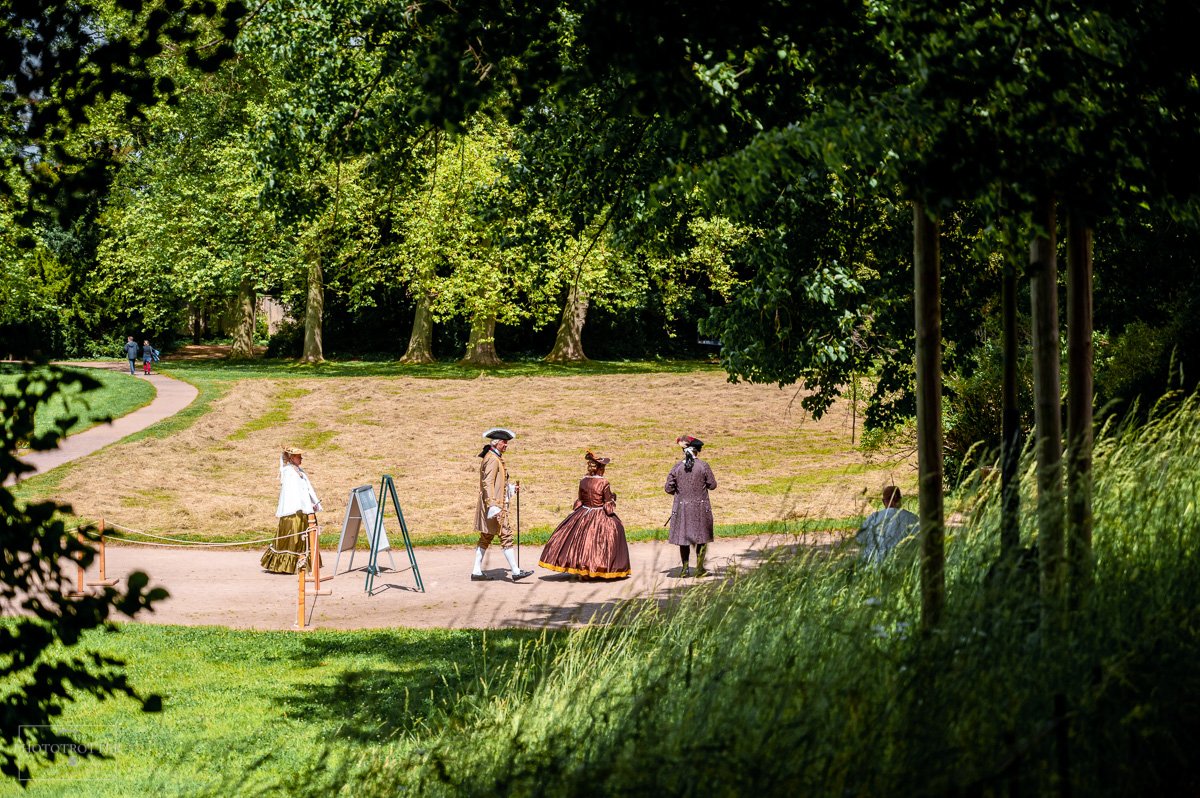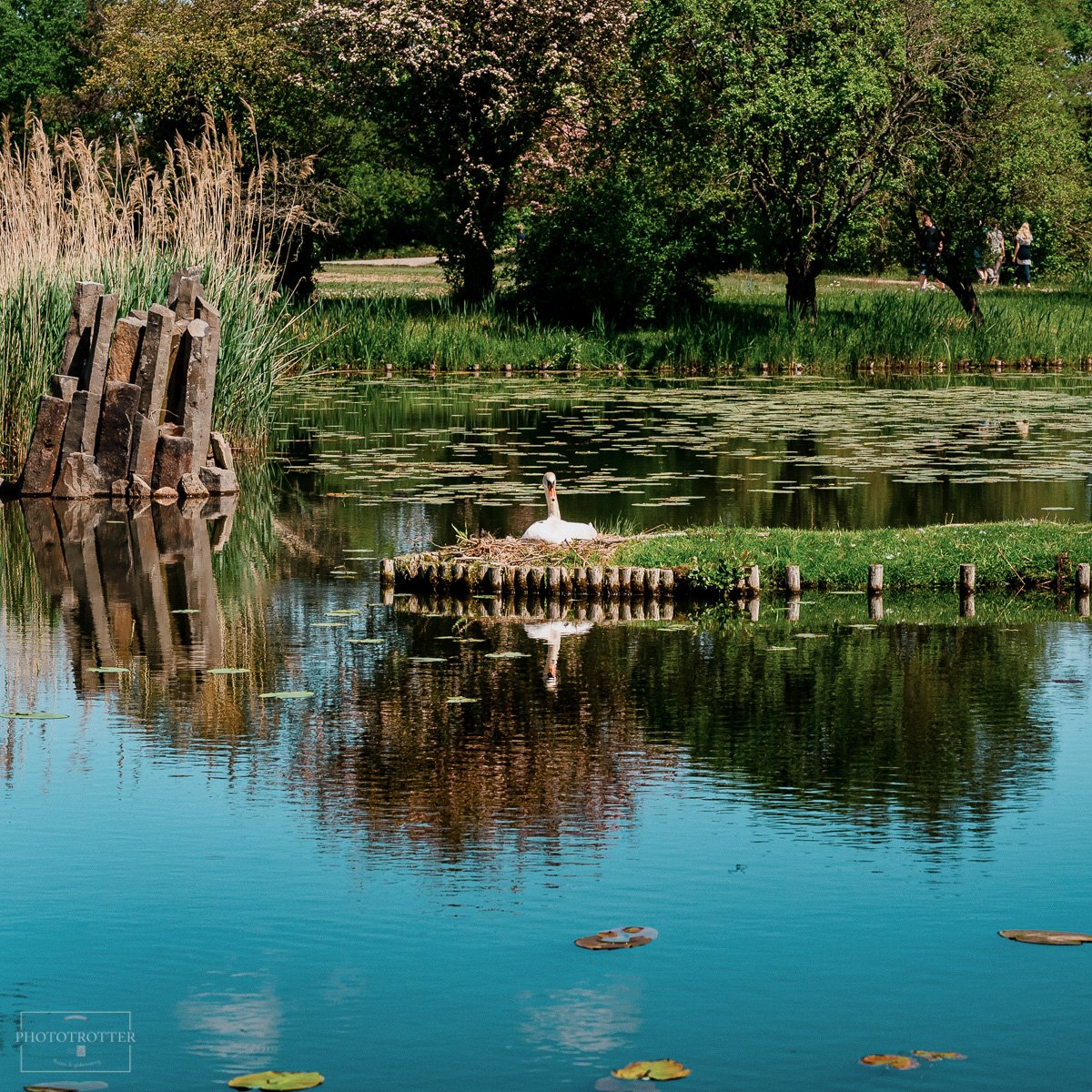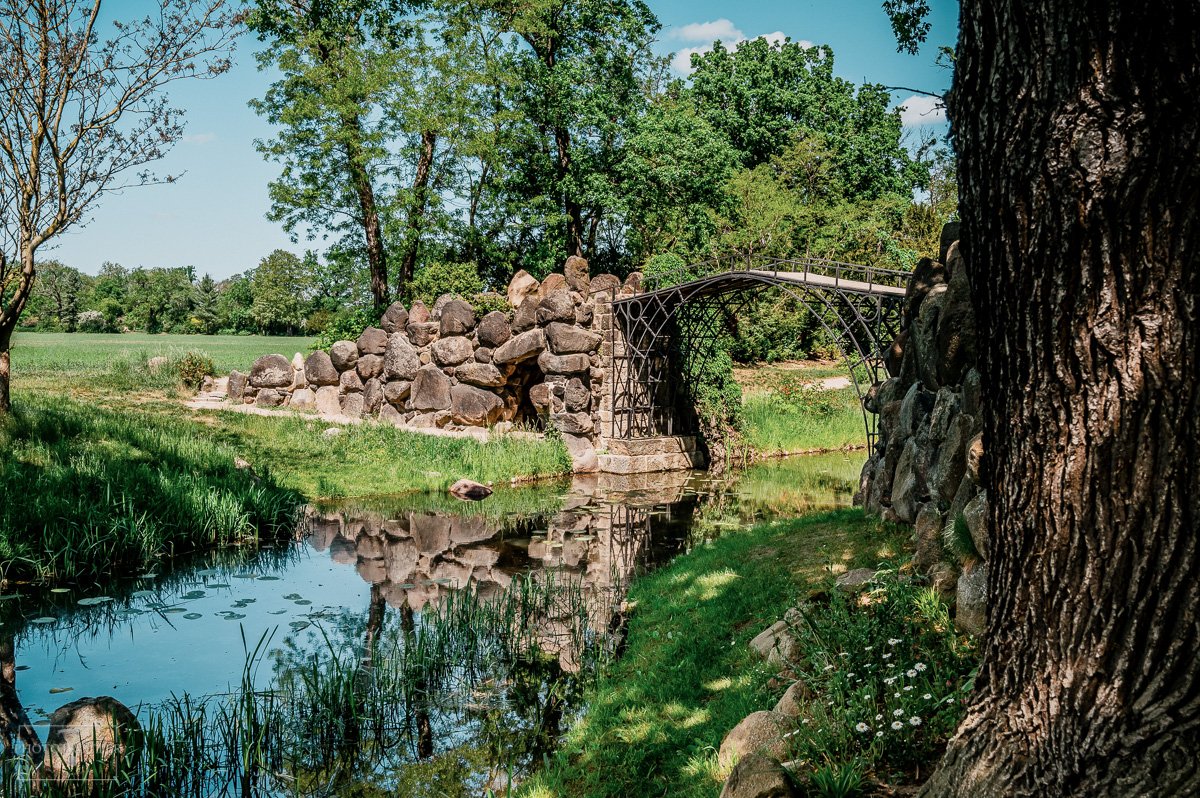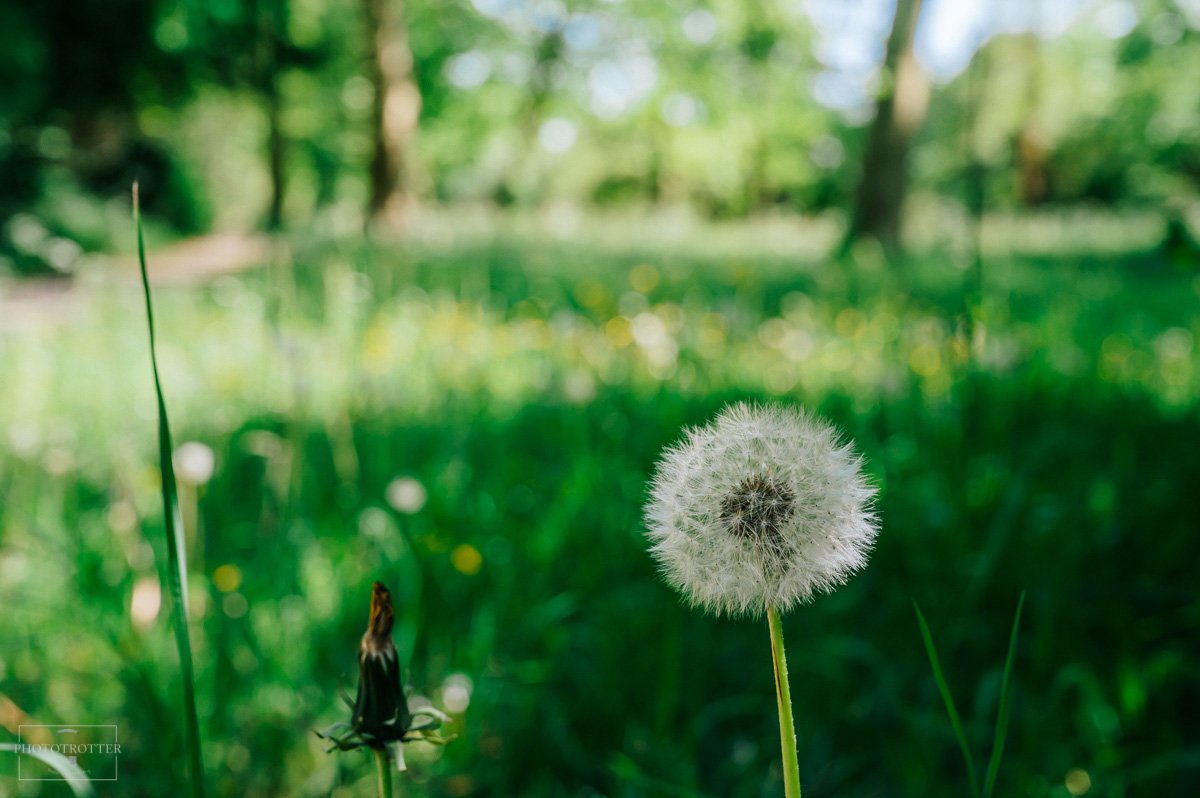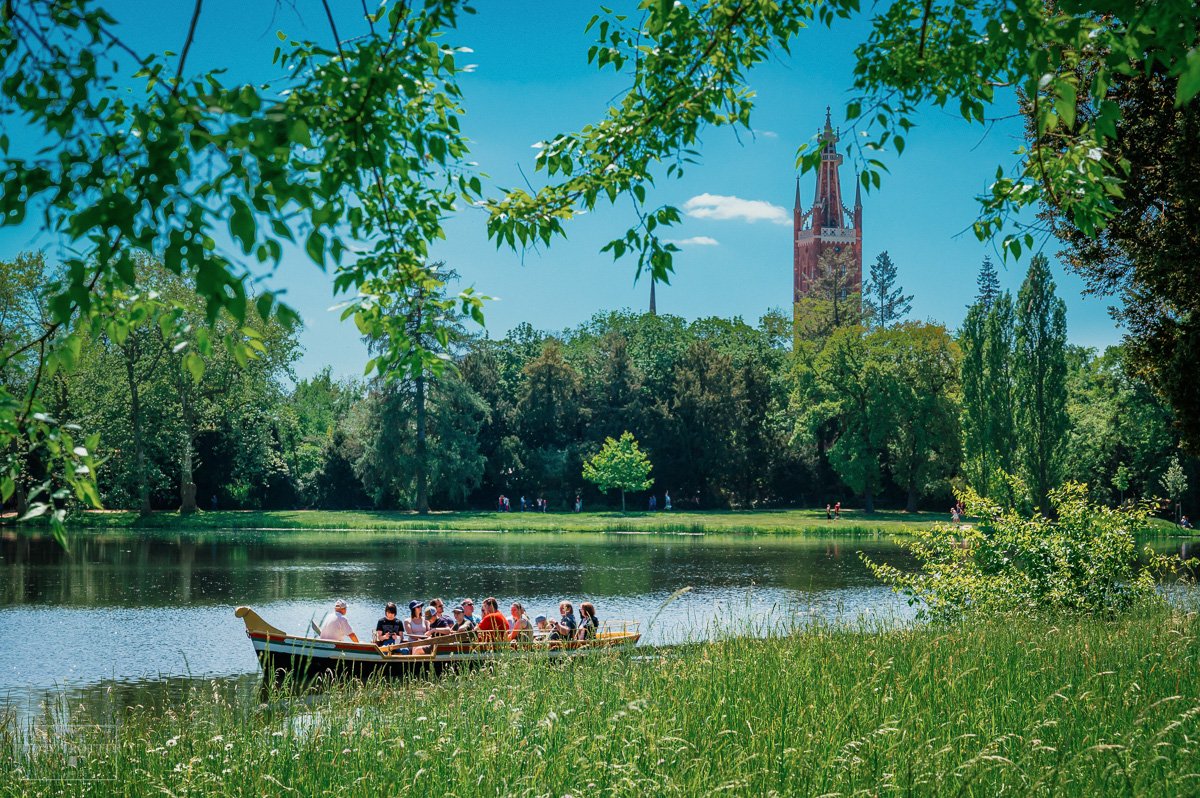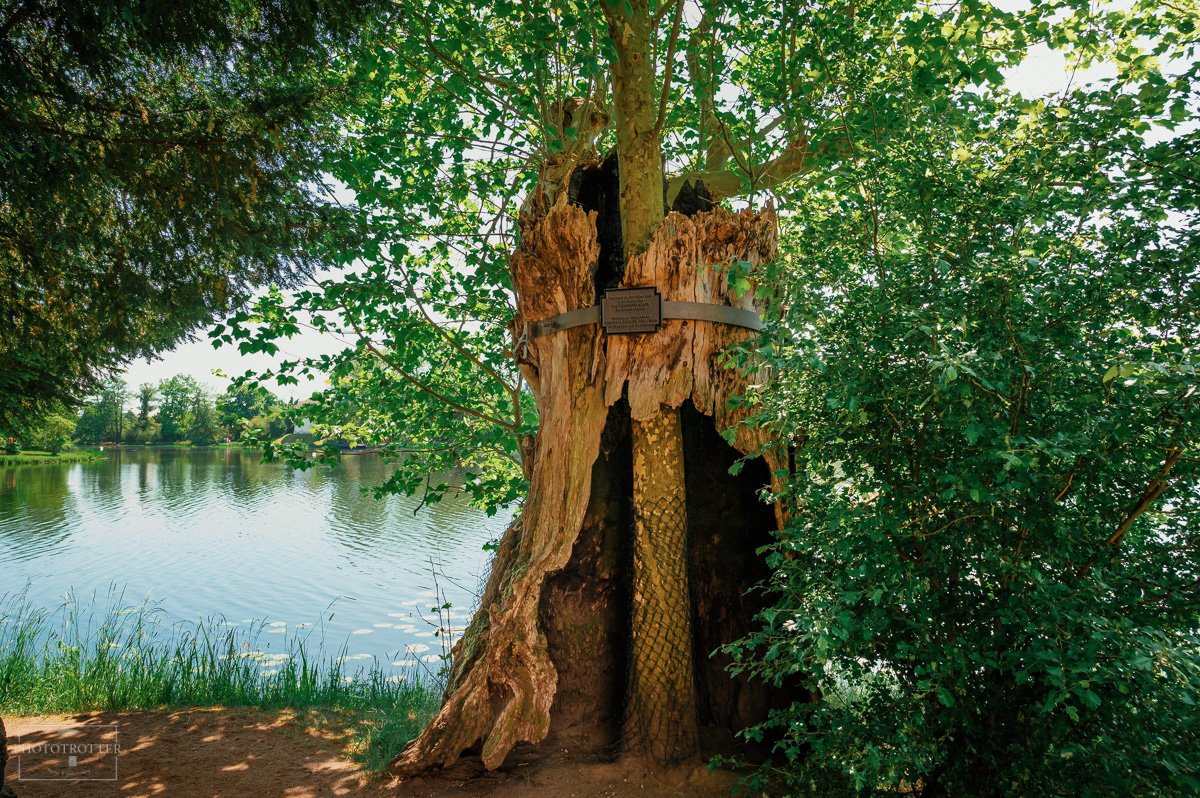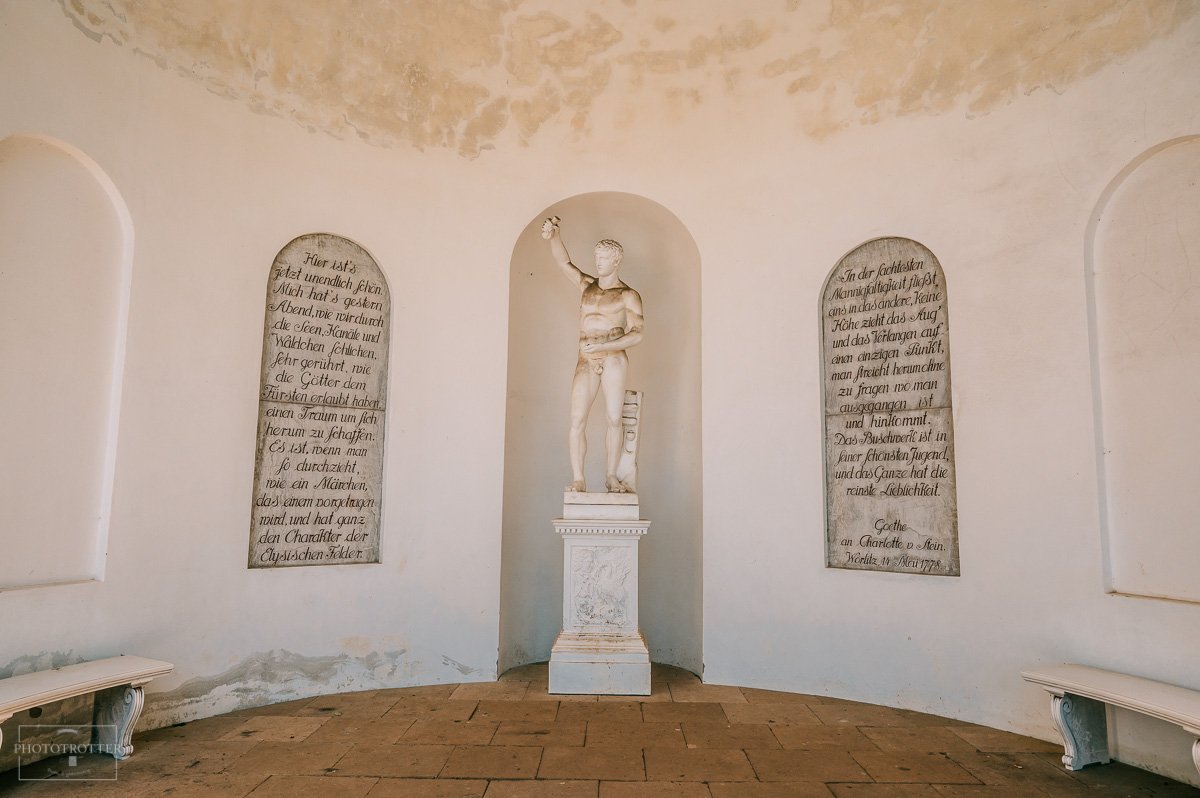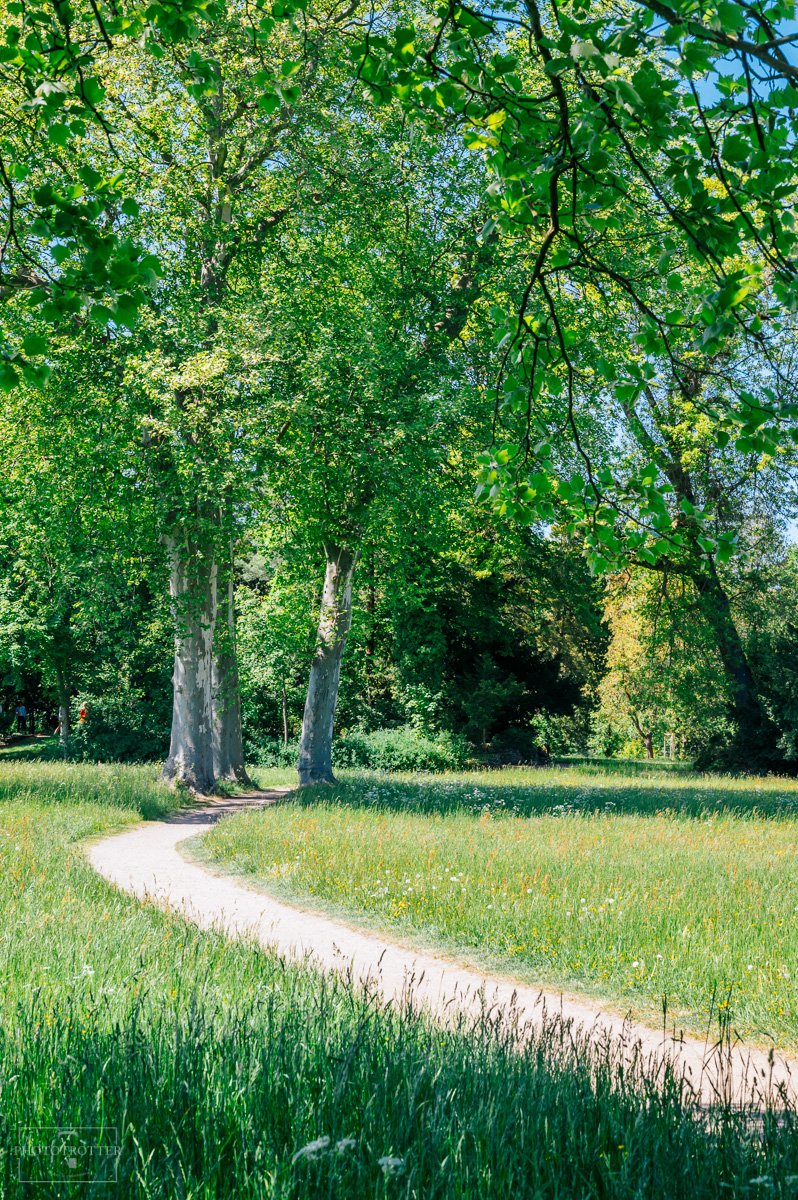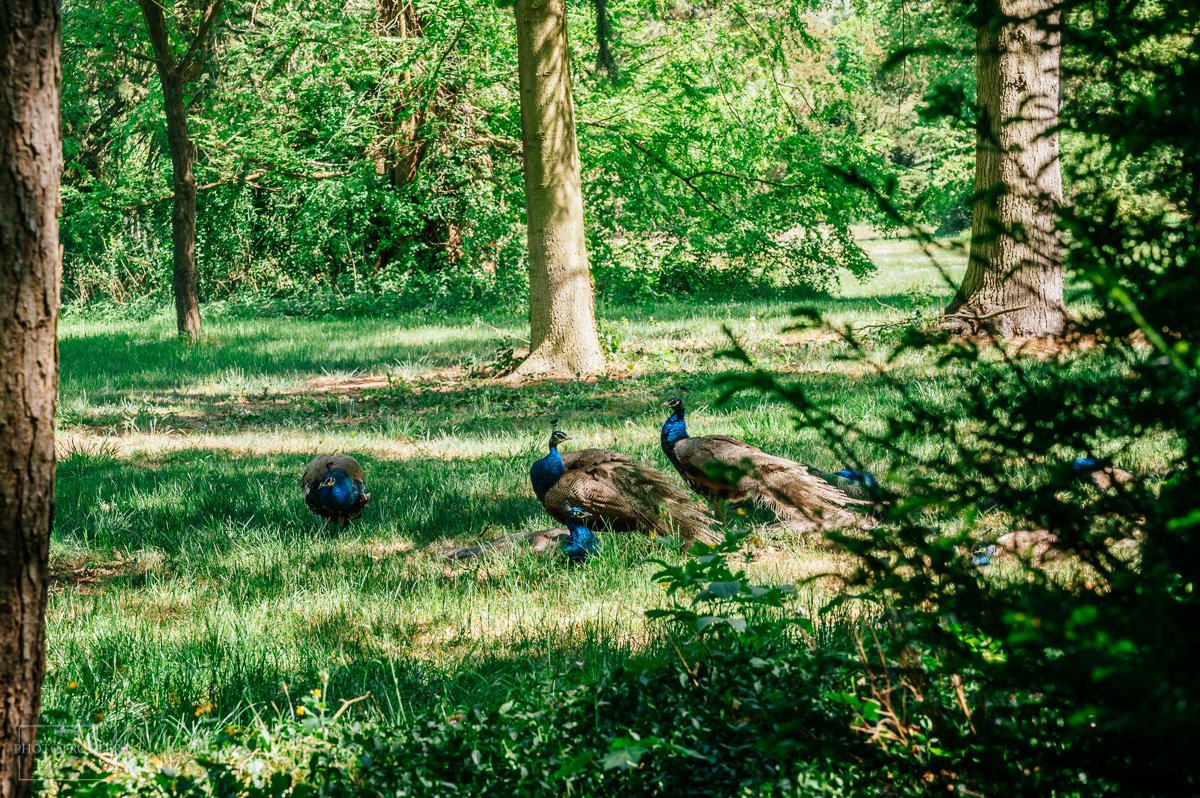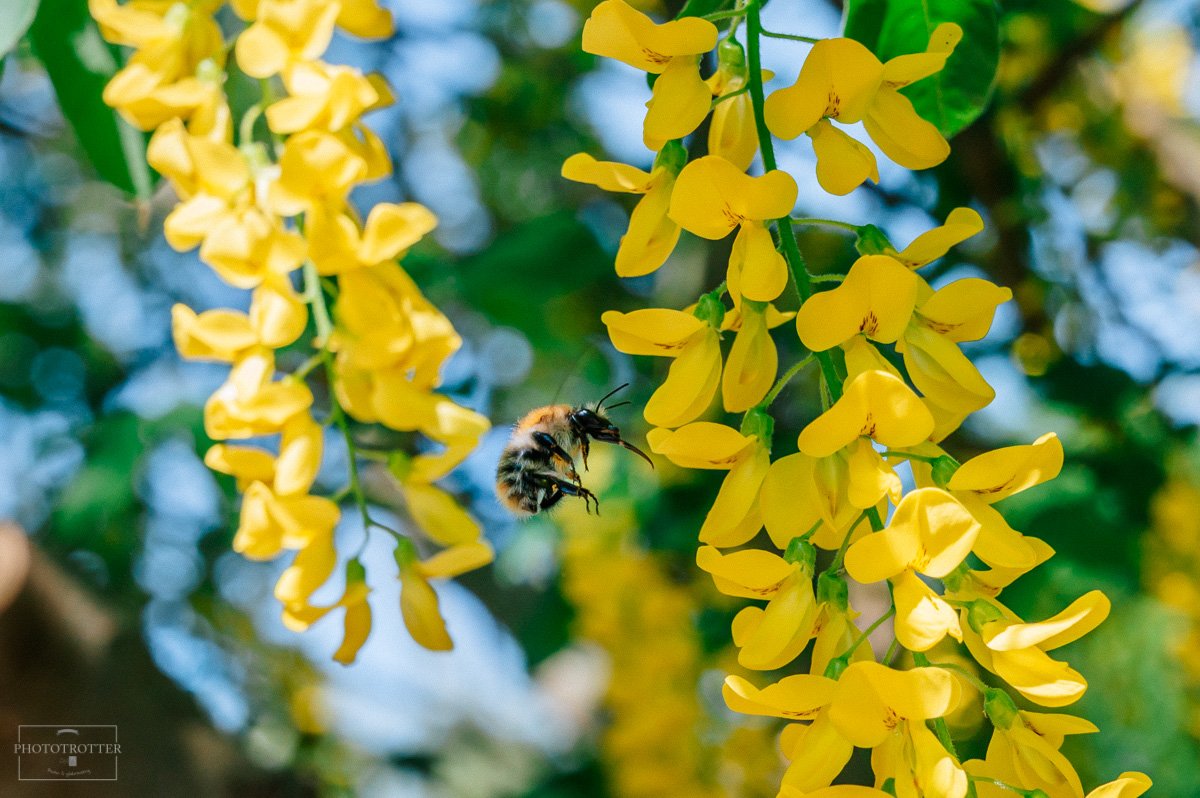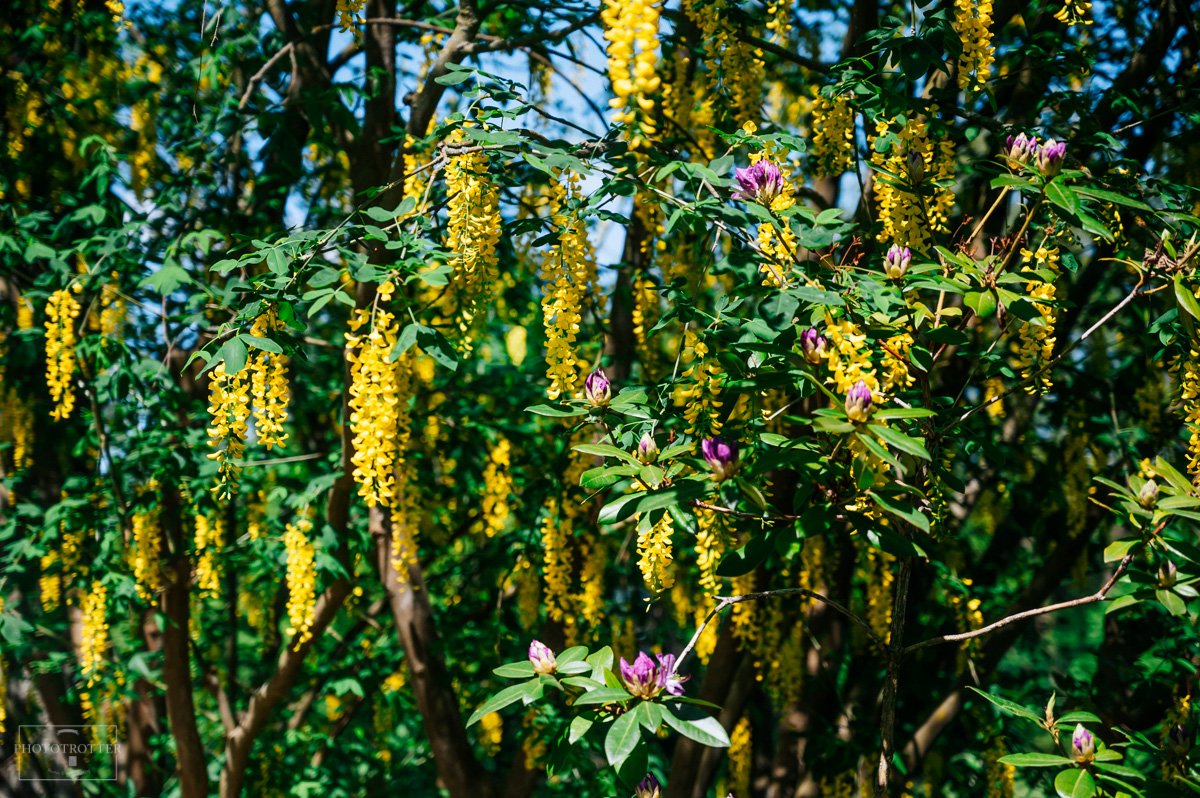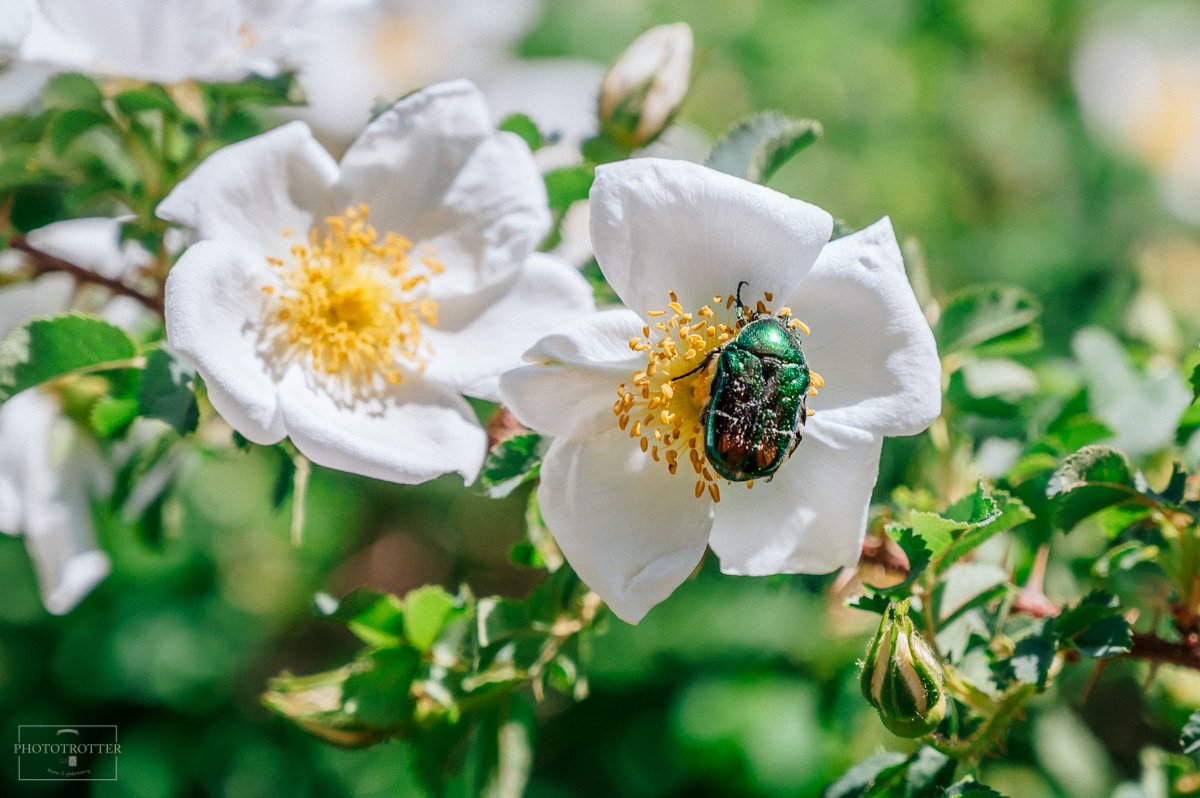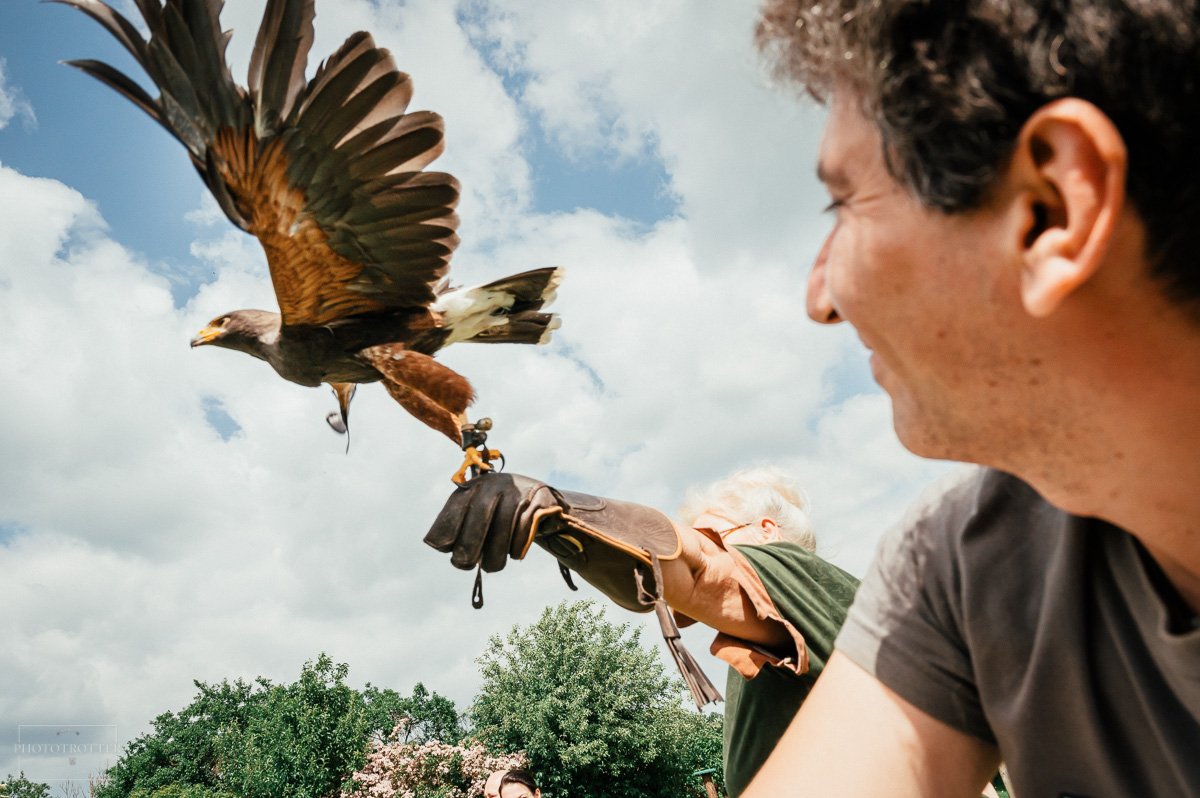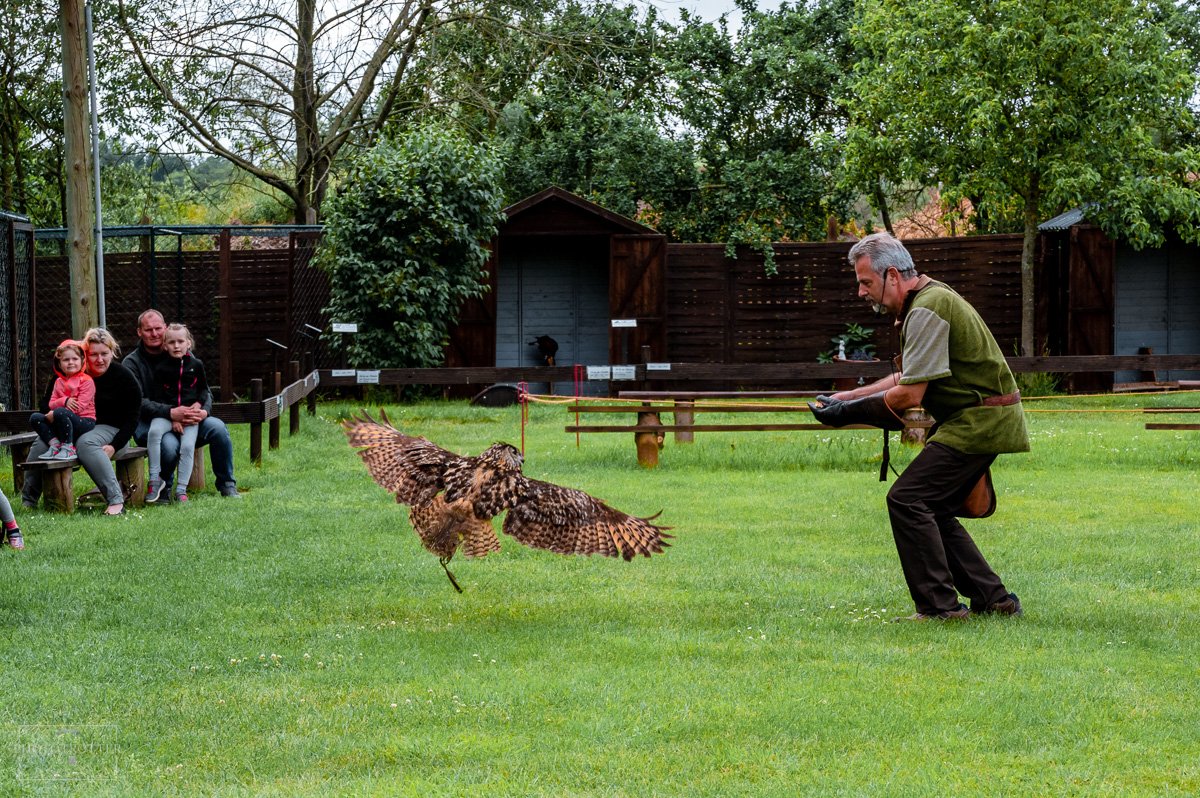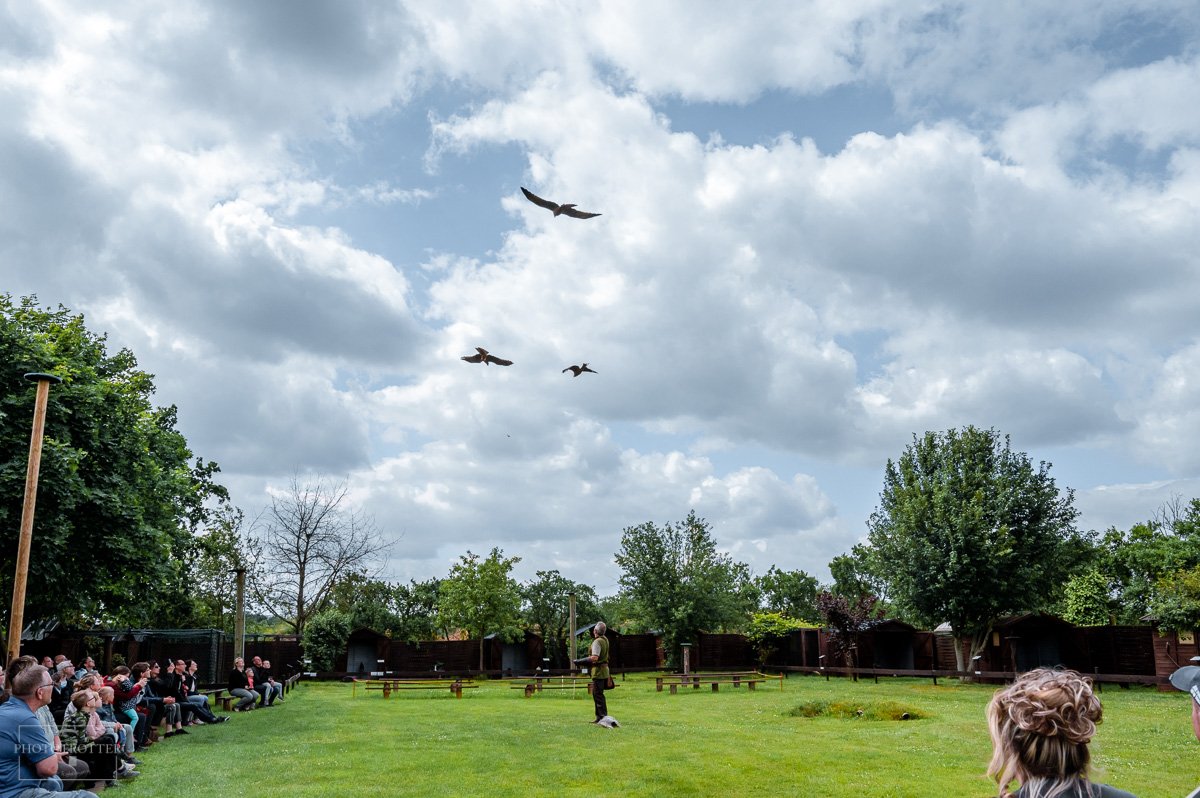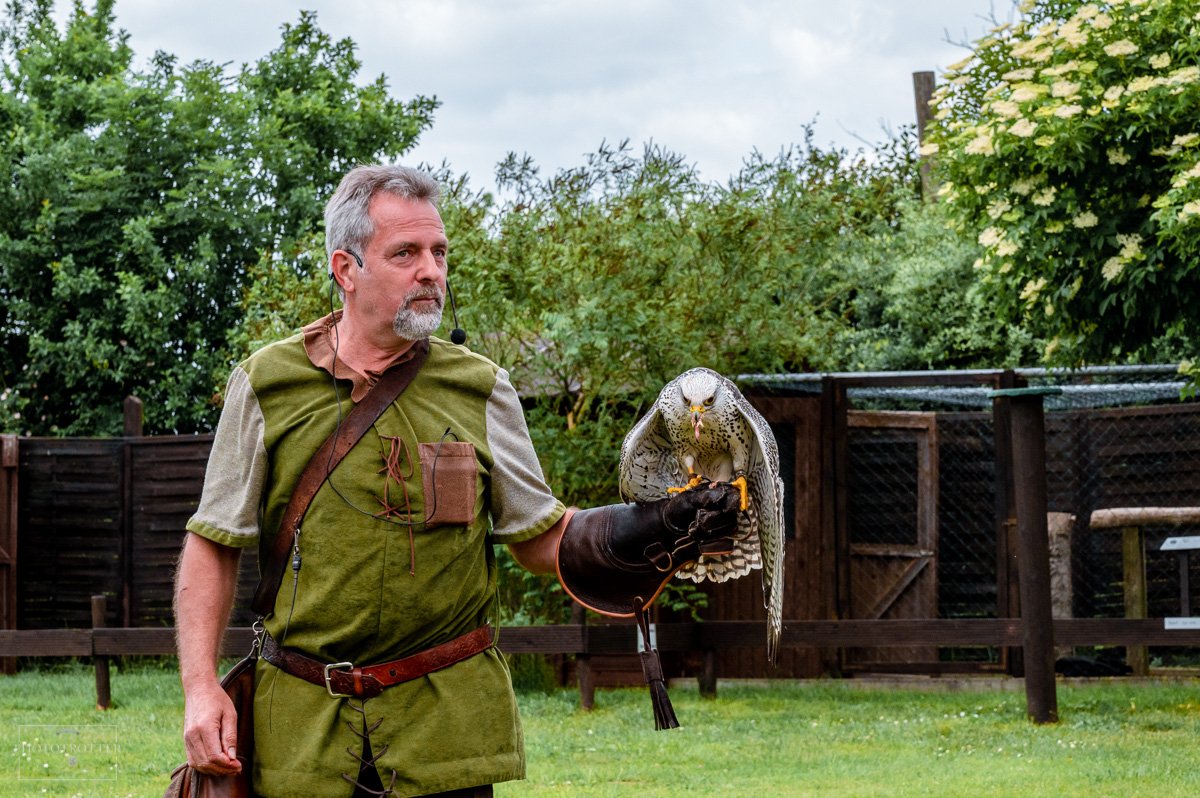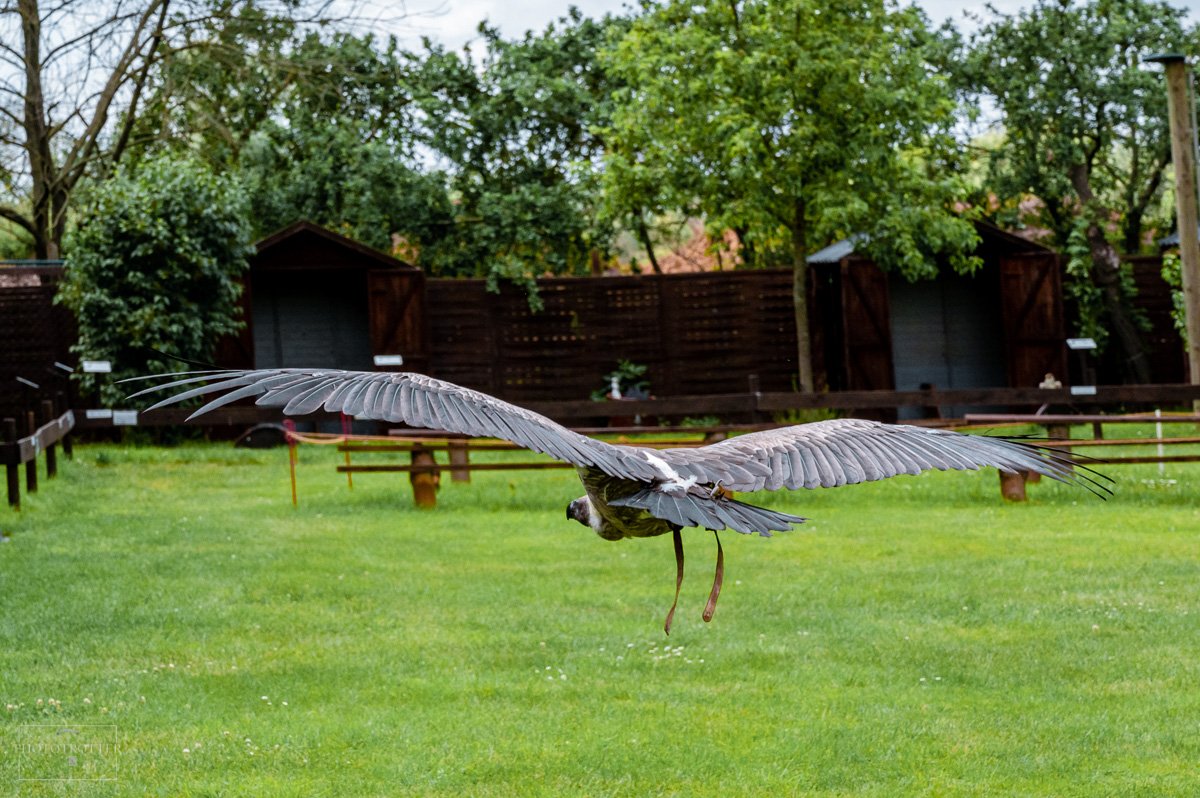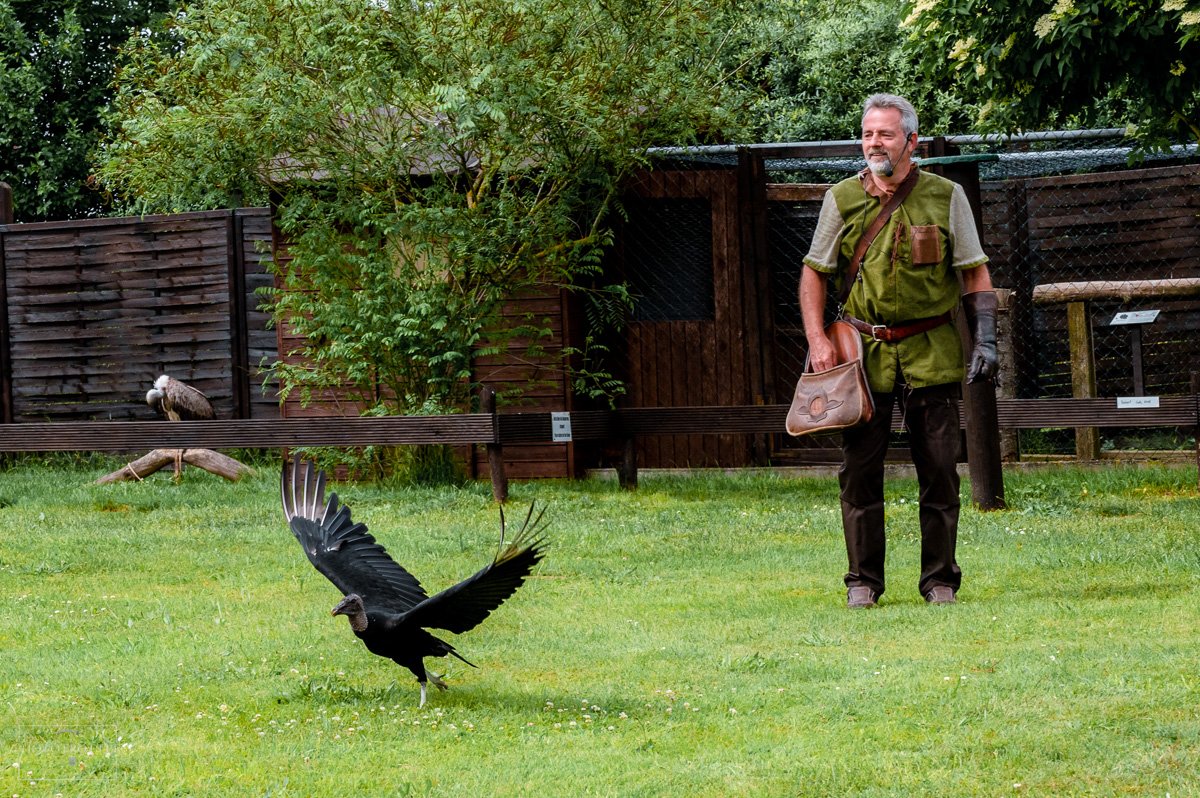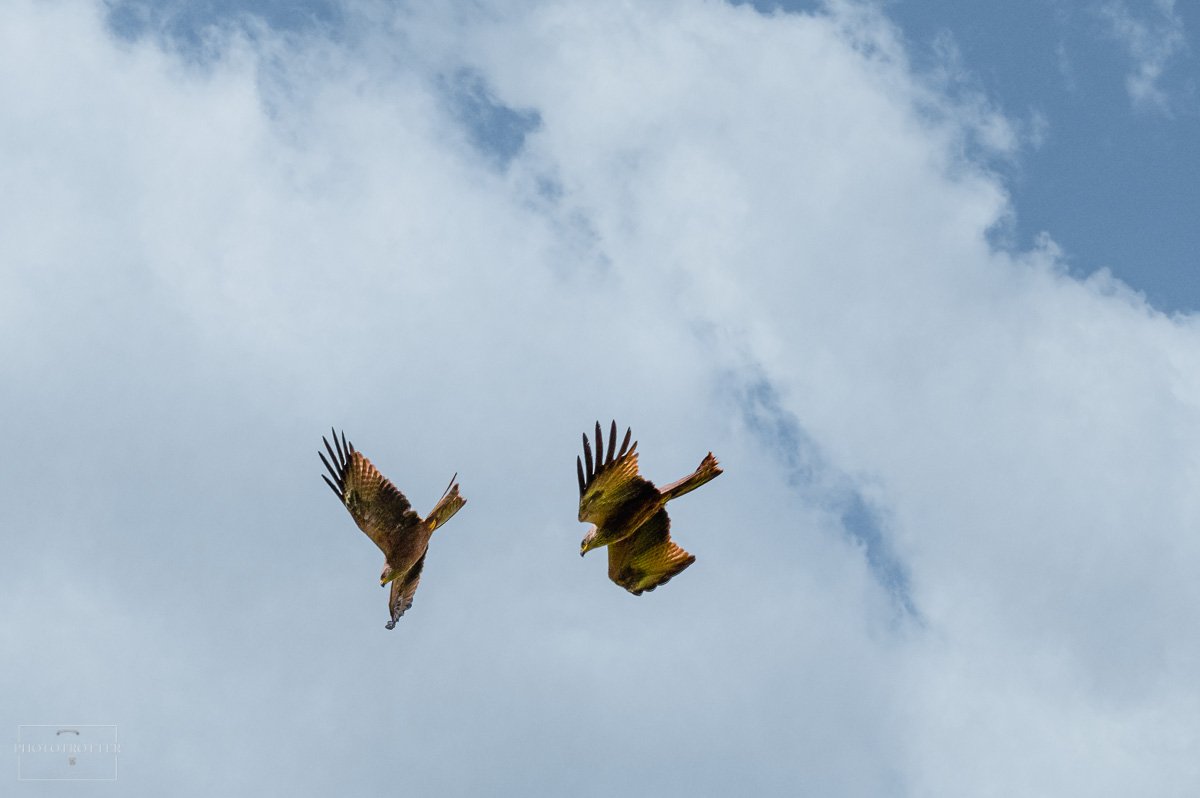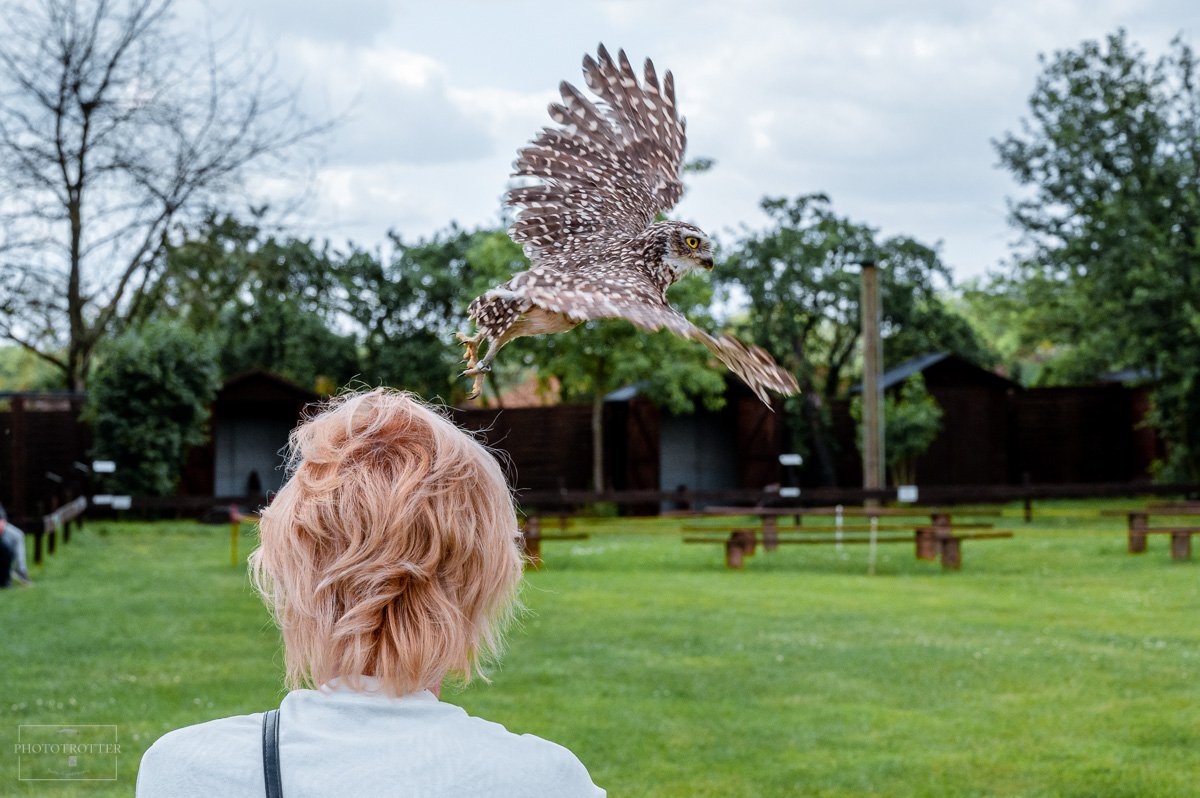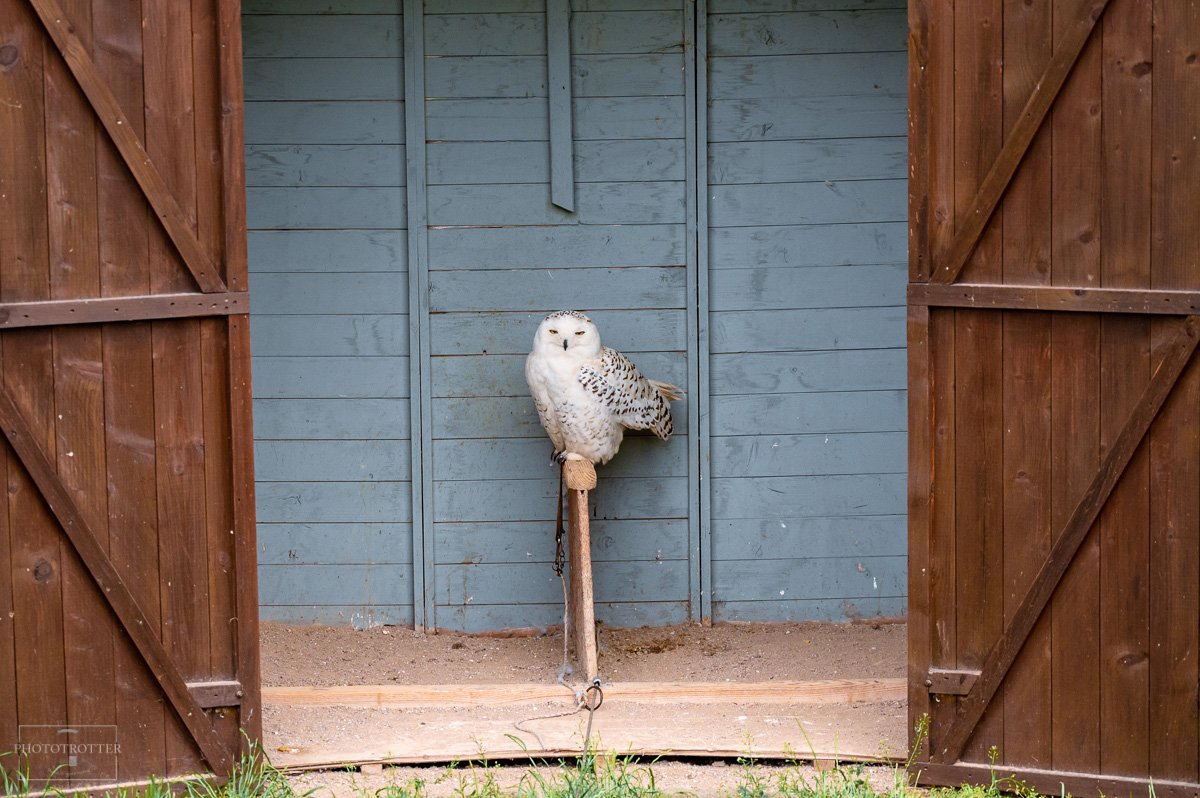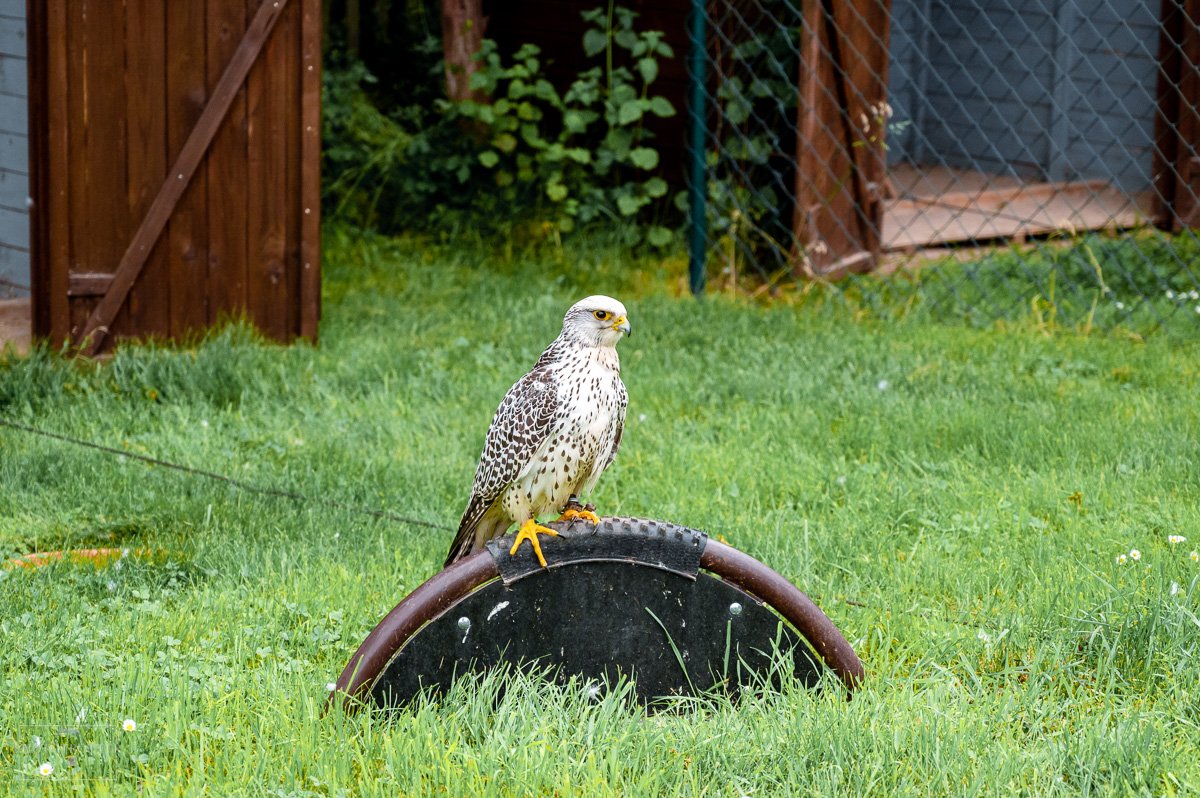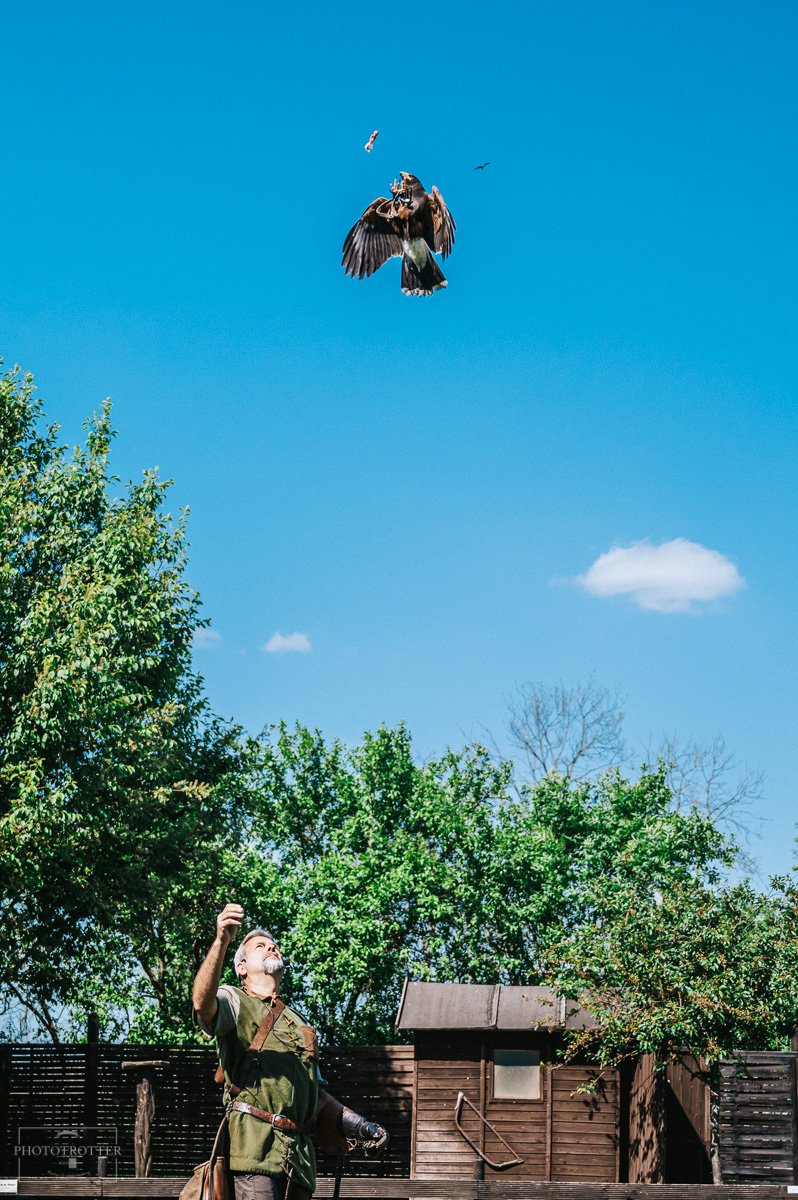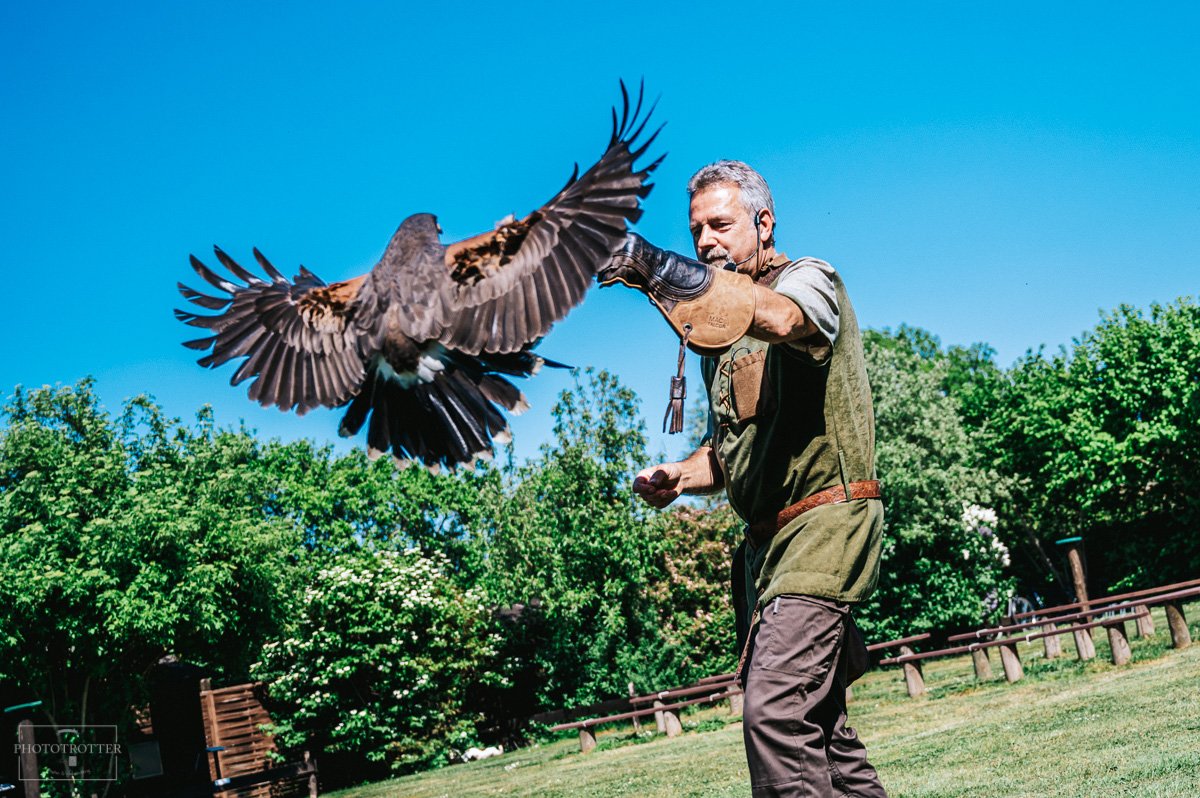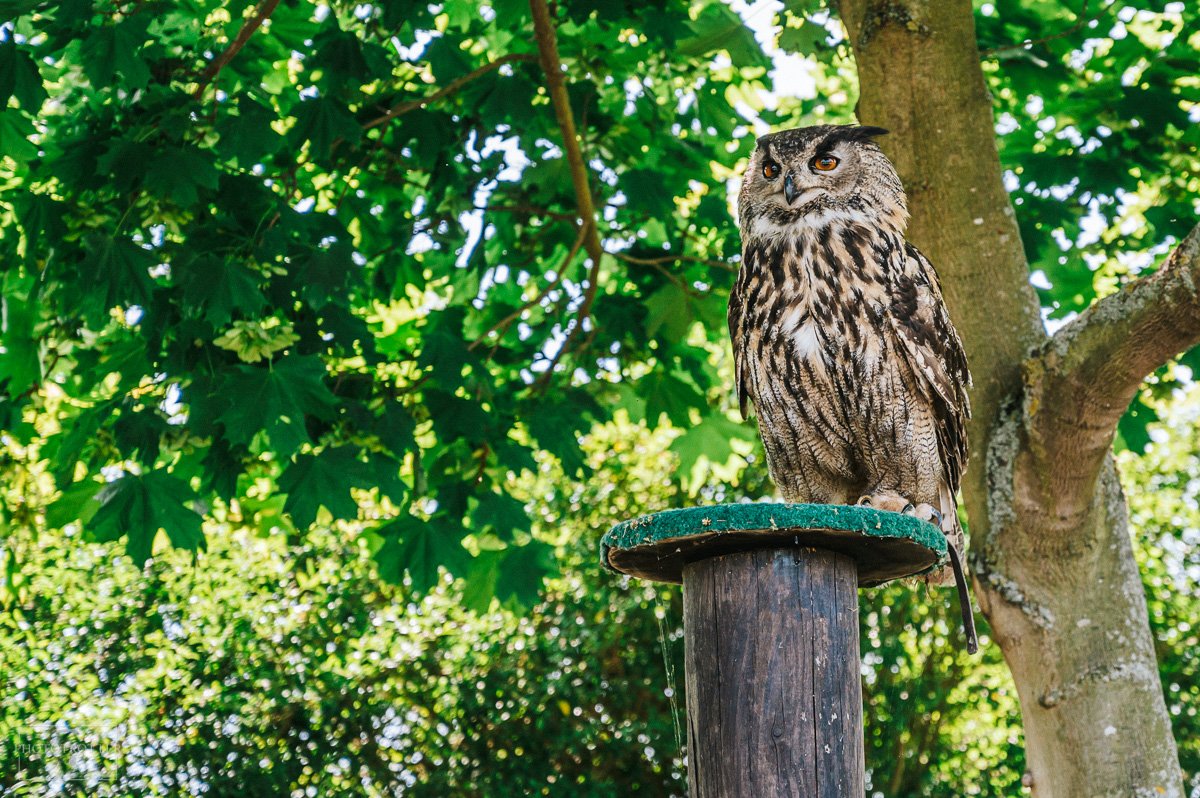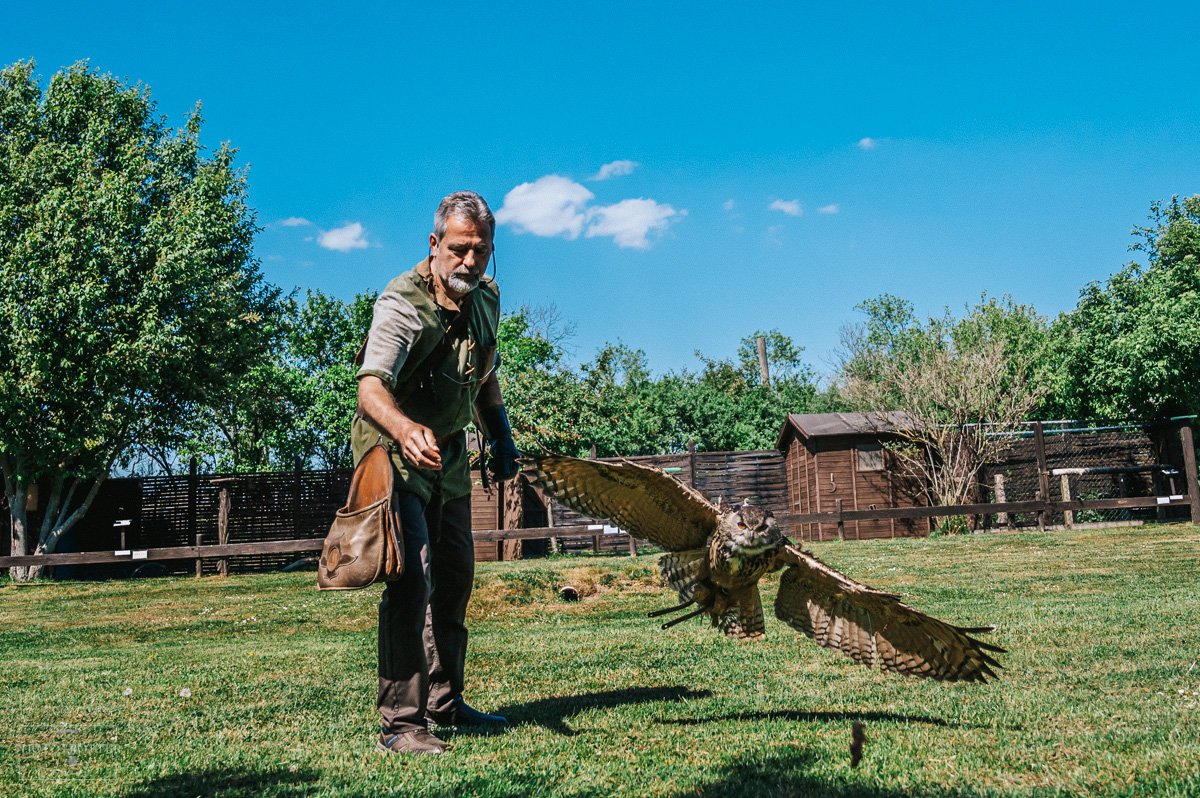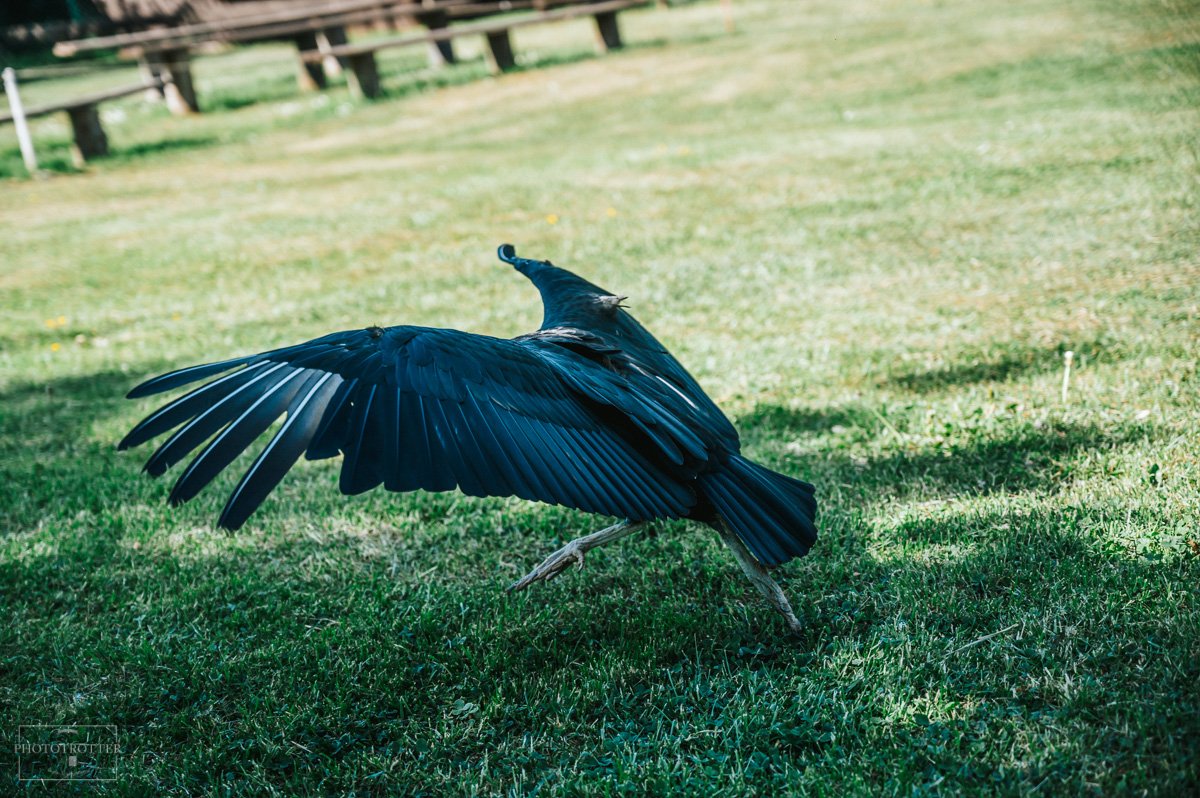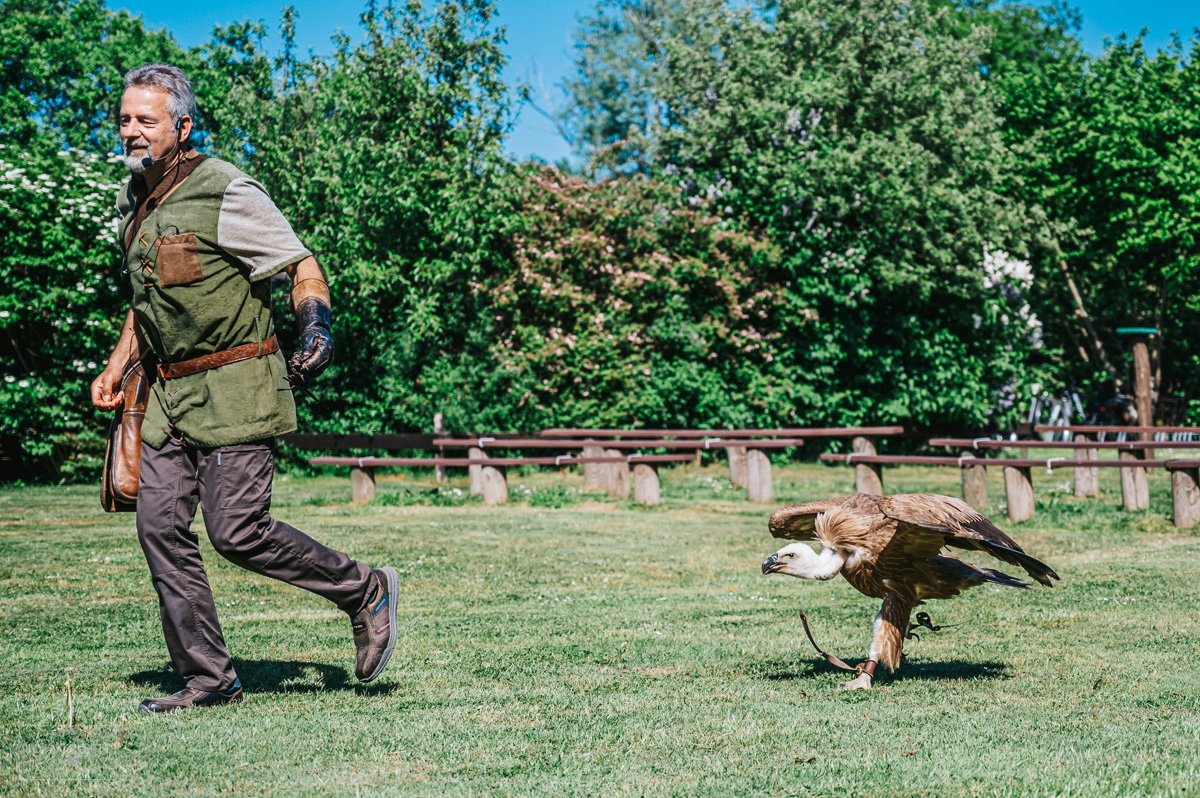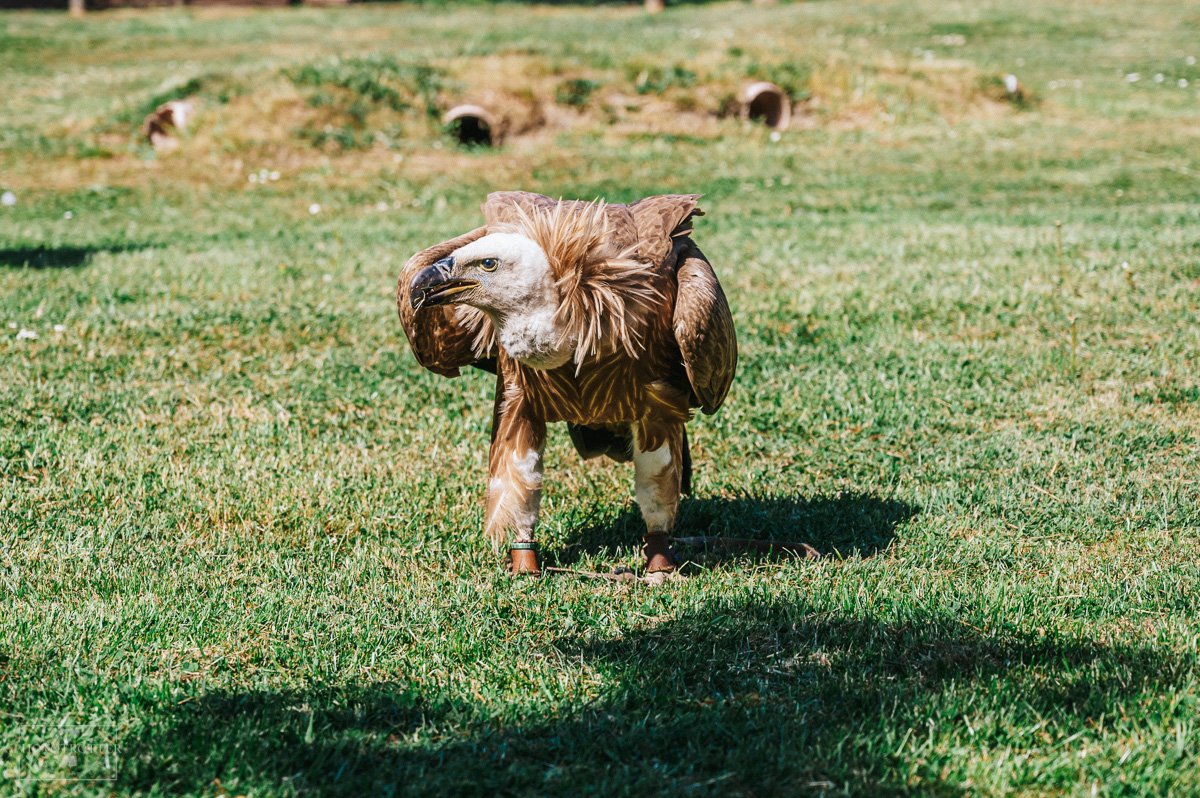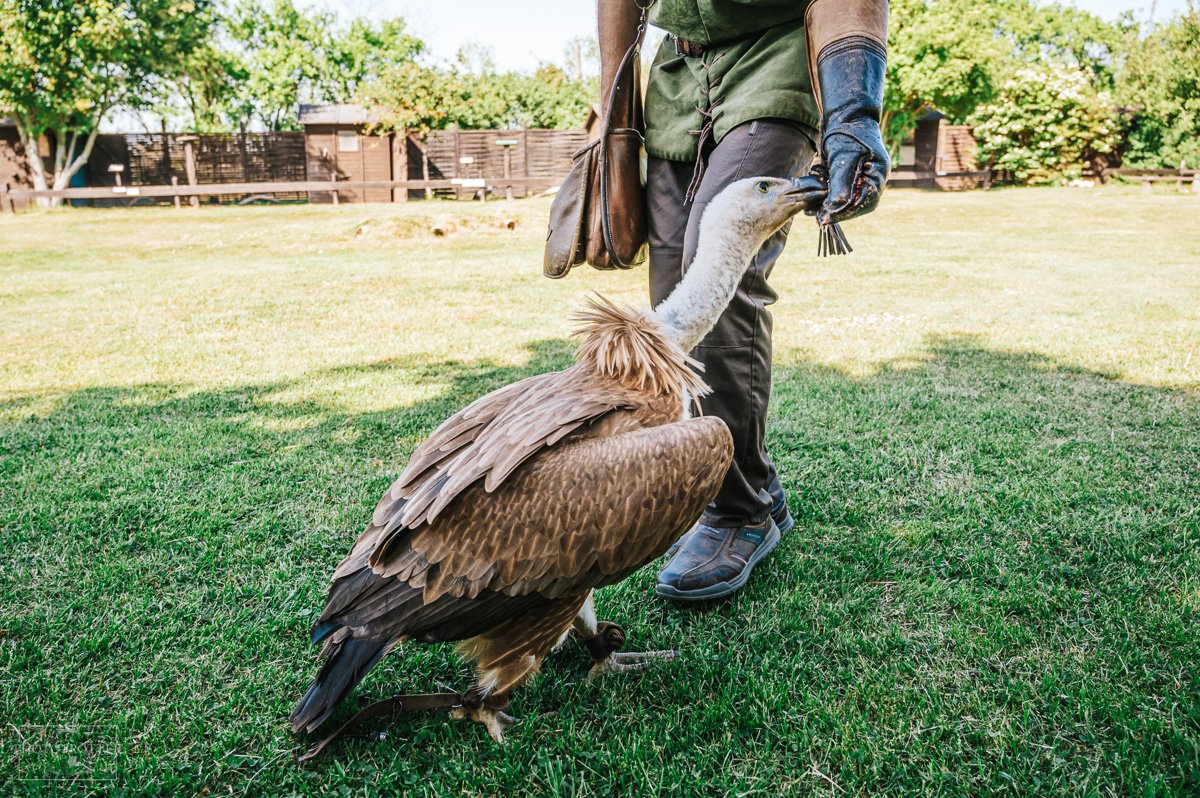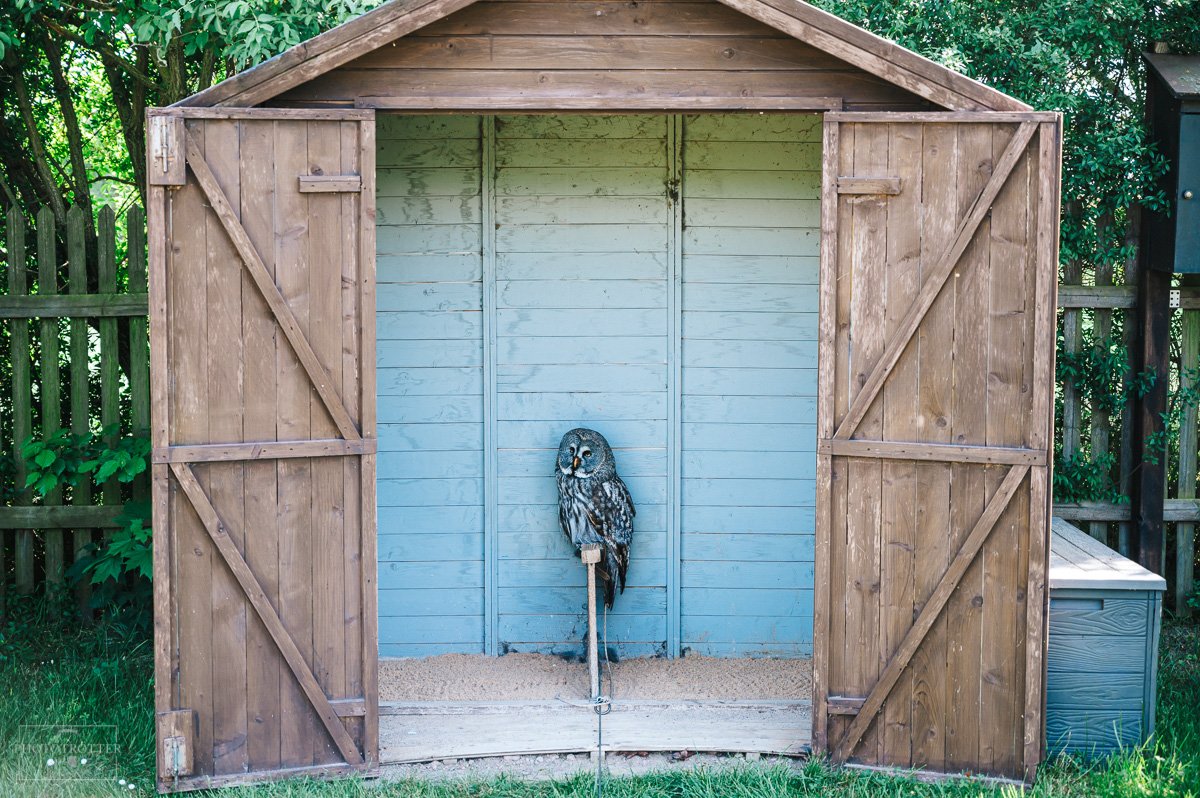Birds of prey in the English garden: Wörlitzer Park and Falconry
Should you ever be summer hiking in East Germany, maybe wandering in the Harz or chilling in Leipzig, save a day to visit a portion of the Middle Elbe Biosphere, the UNESCO-protected part around Dessau-Roßlau and Wörlitz.
You will find yourself immersed in nature, which, despite what Jerome K. Jerome said 100 years ago (*quotes at the end of the article), is not really shipshape and Bristol fashion. It is not wild either, but it’s lush, welcoming, and the fauna abundant.
This takes us to our first stop,
Wörlitzer Park
It is part of a longer string of green areas called the Garden Kingdom of Dessau-Wörlitz, which go back several centuries, to the mid-1700s, when the local prince (Leopold III of Anhalt Dessau) created an English-style landscape garden, which as a rule steered clear of the systematic well-groomed French aesthetic in favour of a more savage, au naturel display. The preferred Gothic revival style overlapped with the blooming Romanticism, and that association resulted in a set of elements that most English parks checkmark:
Pond
Mock ruins (non descript or Roman)
Sham grotto
Villa Hamilton with fake volcano, inspired by the prince’s vacanza in Italy and the original villa in Napoli
Bridges (17)
Cottage
Pavilion
Pantheon
Venus’ temple
Mansion (which is usually called Schloss in Germany)
Wörlitz Schloss, former hunting lodge
The Gothic house, which, depending on the light, can belong to a either gothic tale or a fairy tale:
Gothic bonus: spot the black cat
Visiting Wörlitzer Park is free, and a ticket is needed only for the interior areas: the Schloss, the Gothic house, Villa Hamilton. Or if want to travel by gondola. Or if you want to cross the pond on one of the ferries. Both the boats and ferries are human-powered (the ferries circulate on a wire cable transmission system, and the boats are good old row-row-rowing boats).
You can have lunch at one of the German restaurants and beer-gardens outside the park, and then, if it’s not later than 3 PM, go straight to the second attraction,
Wörlitzer Falconry
Far from being a lost art or occupation, falconry is highly reputable in Germany, and it is included among other intangible cultural heritages. The former ancient practice of hunting with a trained pray bird became a beloved courtly past time which reached its peak in Germany in the Baroque period, when professional falconers were a natural part of the aristocrat’s staff and entourage.
More than an animal-trainer or a wild pet-owner, a falconer is a licensed professional trained in working with birds of prey, knowing each species’ particularities and behaviour, feeding habits and acclimation possibilities.
A falconry demonstration takes into consideration the birds’ daily rhythms and makes sure they are not over-worked - despite what we might think, birds of prey don’t spend a whole lot of time soaring high, wind ruffling their feathers, with an euphoric sense of freedom under their wings. They hunt, mark their territory, and then spend most of the day dozing off, conserving energy, breeding or preening.
So a falconer needs to be able to incorporate the natural prey-predator behavior into their human-bird relationship, making sure the bird is well-fed and rested but still keeping its instincts sharp.
Wörlitzer Falconry has quite a bunch of residents, all of them with sponsors who cover the food, accommodation and vet costs. And of course, the training aspect, which is, for the public, the fun part.
Udo, the Eagle owl
Gustav, the griffon vulture. He likes to search bags for treats.
Max, the white-backed vulture. He’d rather sit on a bench with you.
Steppke, the steppe eagle
Pepe, the desert buzzard
Ghimli, the burrowing owl. Sitting on heads makes him look important.
Gerda, the gyrfalcon. She likes to make circles around her prey.
Robert, the black vulture. He boycots the flying part of the show and would rather walk around.
Rudi, the judgmental steppe eagle.
Check out more photos with the birdies in the gallery.
Note from the Phototrotters: we have visited the area twice, 11 months apart. Once during a very cloudy June, once in a sunnier May, hence the light difference in the images. Incidentally, these months are the flowering season of the rhododendrons, which are prolific in the park.
More information on the official websites: Wörlitzer Park and Wörlizer Falkenrei.
* “Your German likes the country, but he prefers it as the lady thought she would the noble savage—more dressed. He likes his walk through the wood—to a restaurant. But the pathway must not be too steep, it must have a brick gutter running down one side of it to drain it, and every twenty yards or so it must have its seat on which he can rest and mop his brow; for your German would no more think of sitting on the grass than would an English bishop dream of rolling down One Tree Hill. He likes his view from the summit of the hill, but he likes to find there a stone tablet telling him what to look at, find a table and bench at which he can sit to partake of the frugal beer and “belegte Semmel” he has been careful to bring with him. If, in addition, he can find a police notice posted on a tree, forbidding him to do something or other, that gives him an extra sense of comfort and security.
Your German is not averse even to wild scenery, provided it be not too wild. But if he consider it too savage, he sets to work to tame it. […] For in Germany there is no nonsense talked about untrammelled nature. In Germany nature has got to behave herself, and not set a bad example to the children.
It is a tidy land is Germany.” (Three Men on the Bummel by Jerome K. Jerome. 1914)
Check out the slideshow below for many more photos from Wörlitzer park and falconry.
